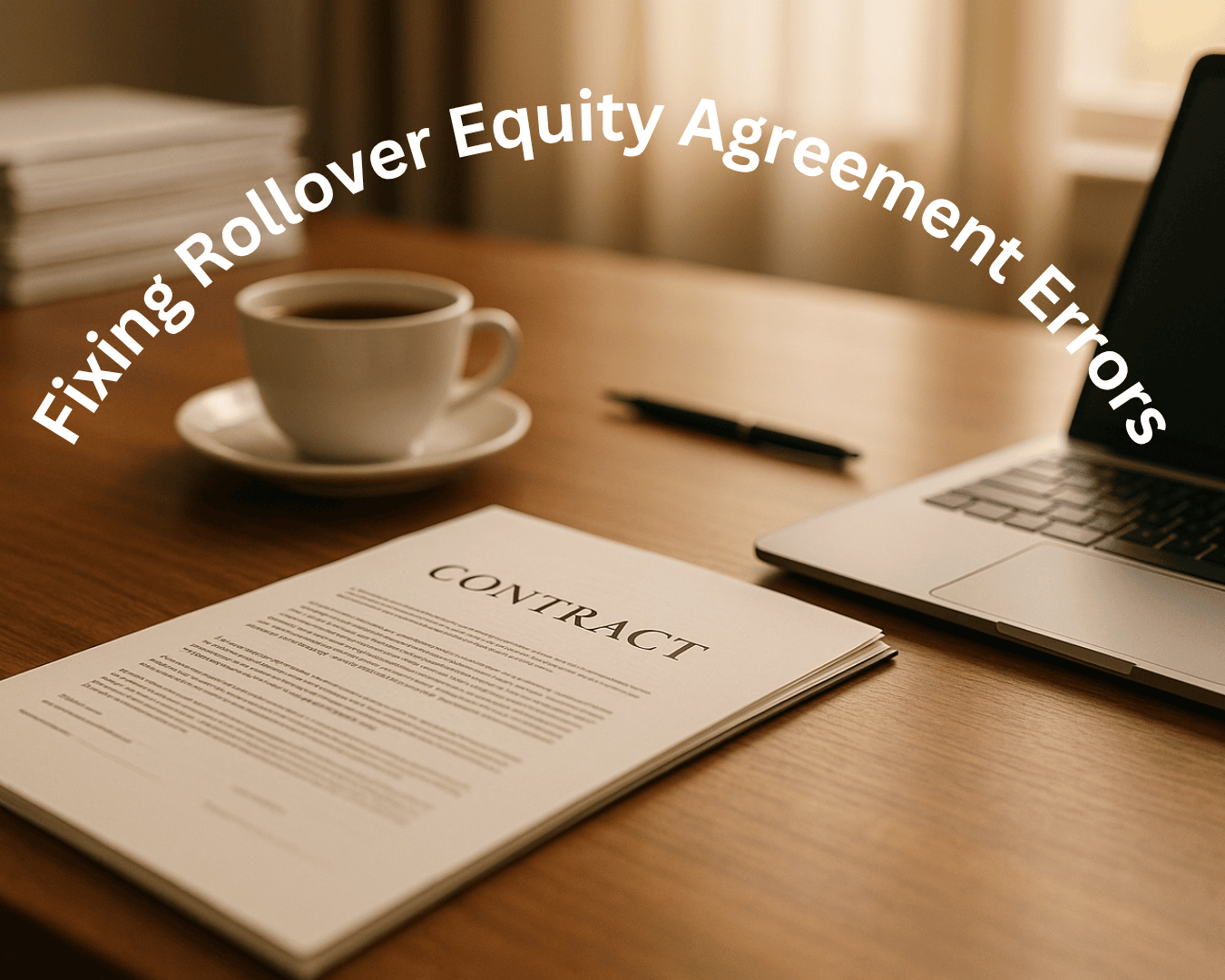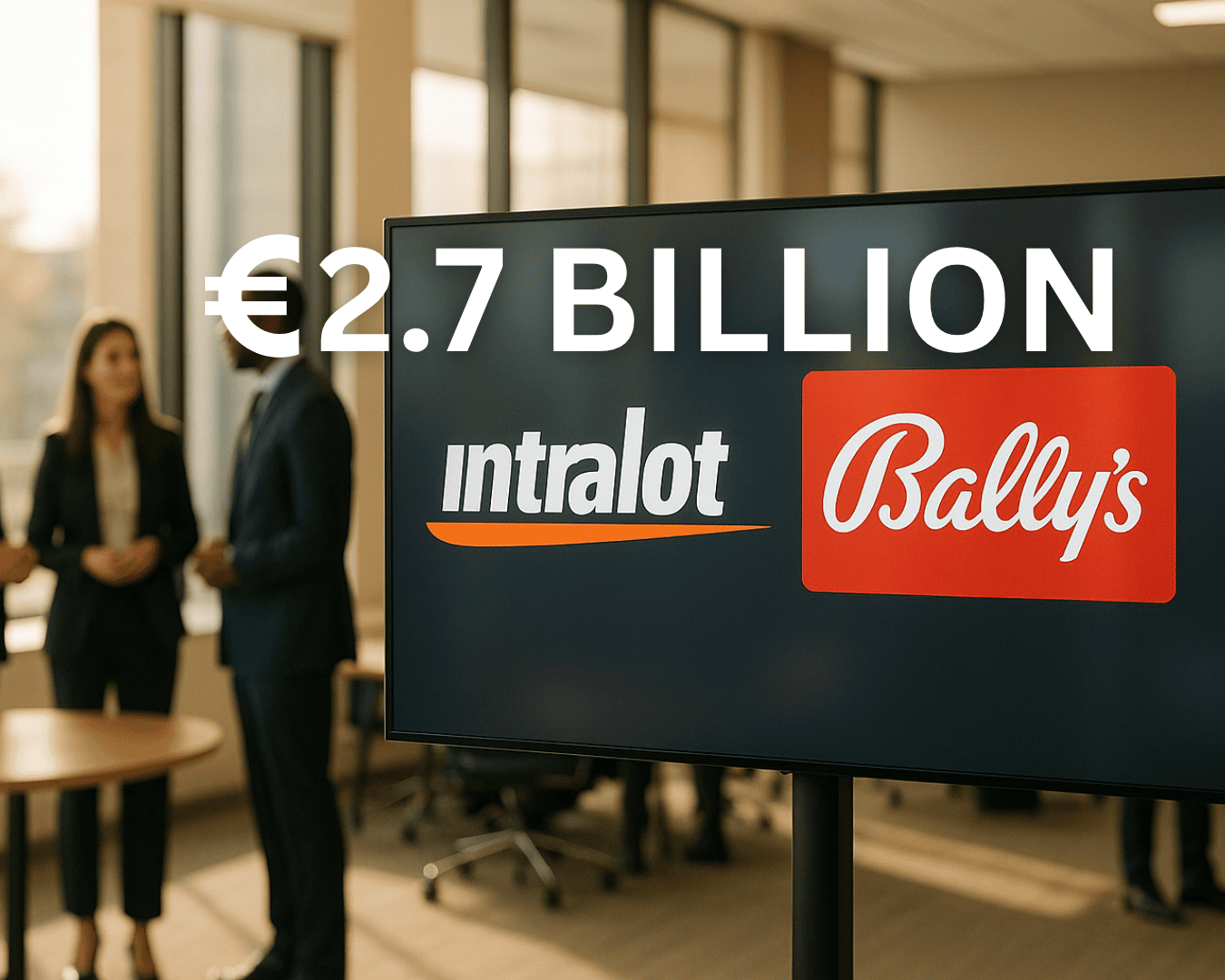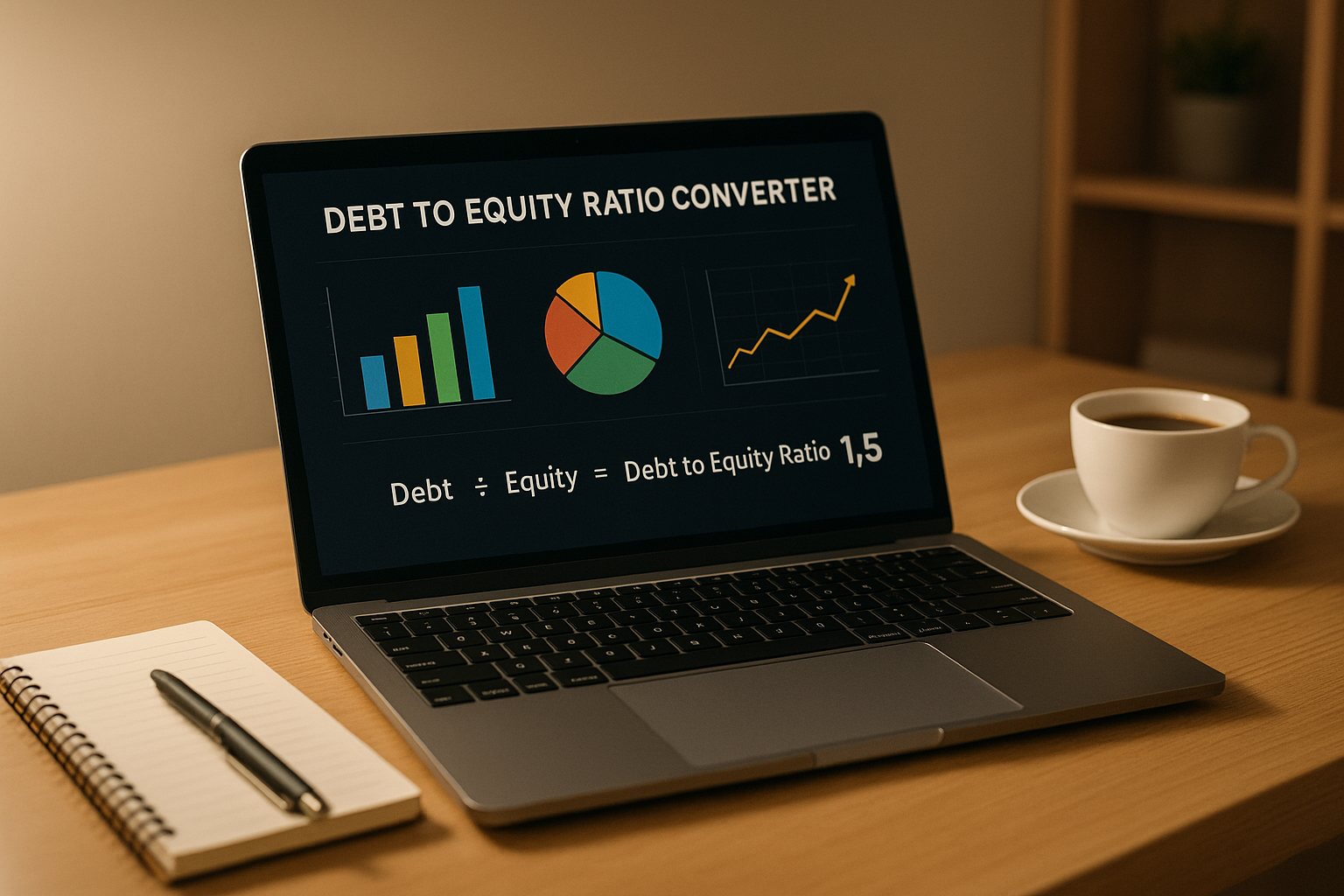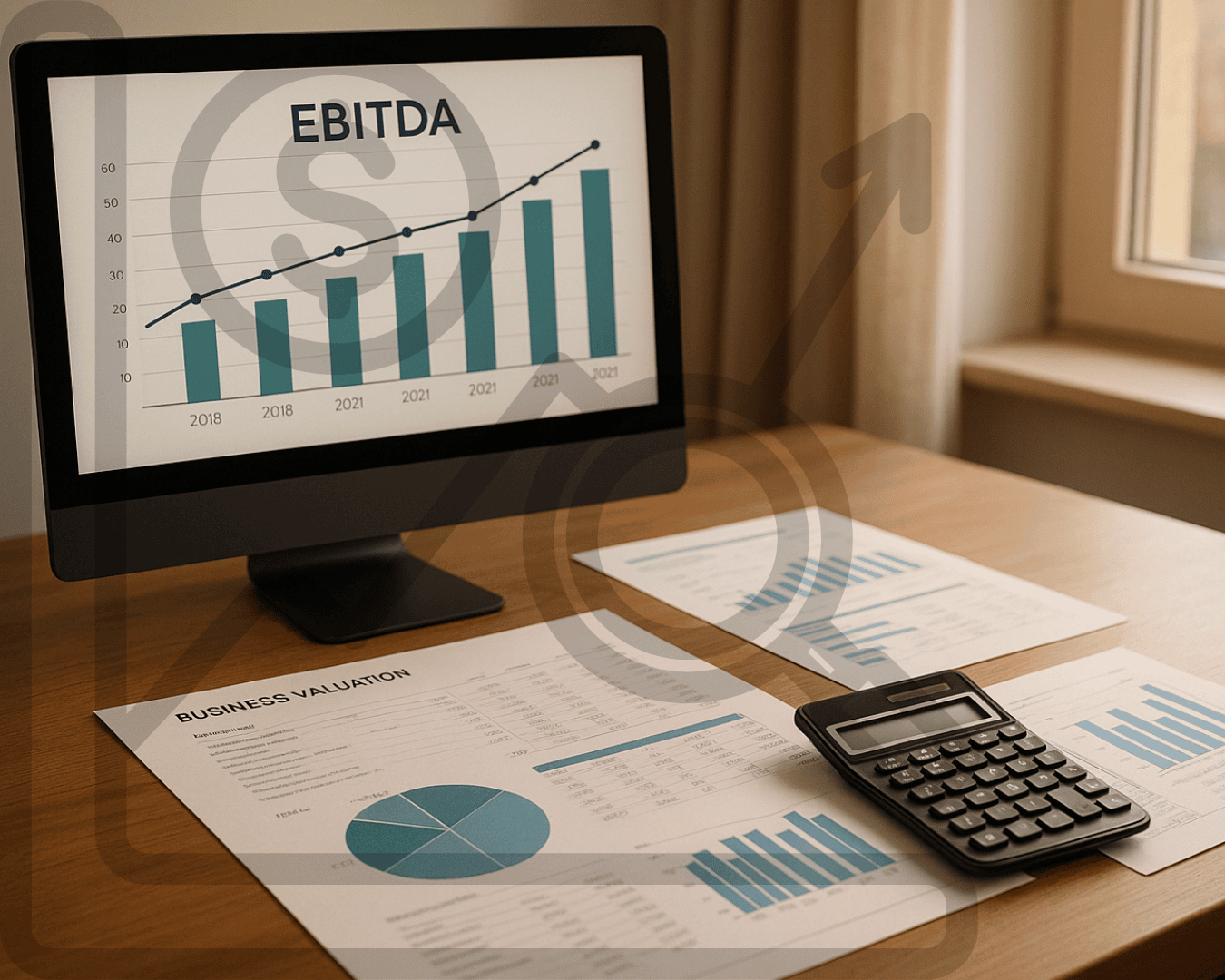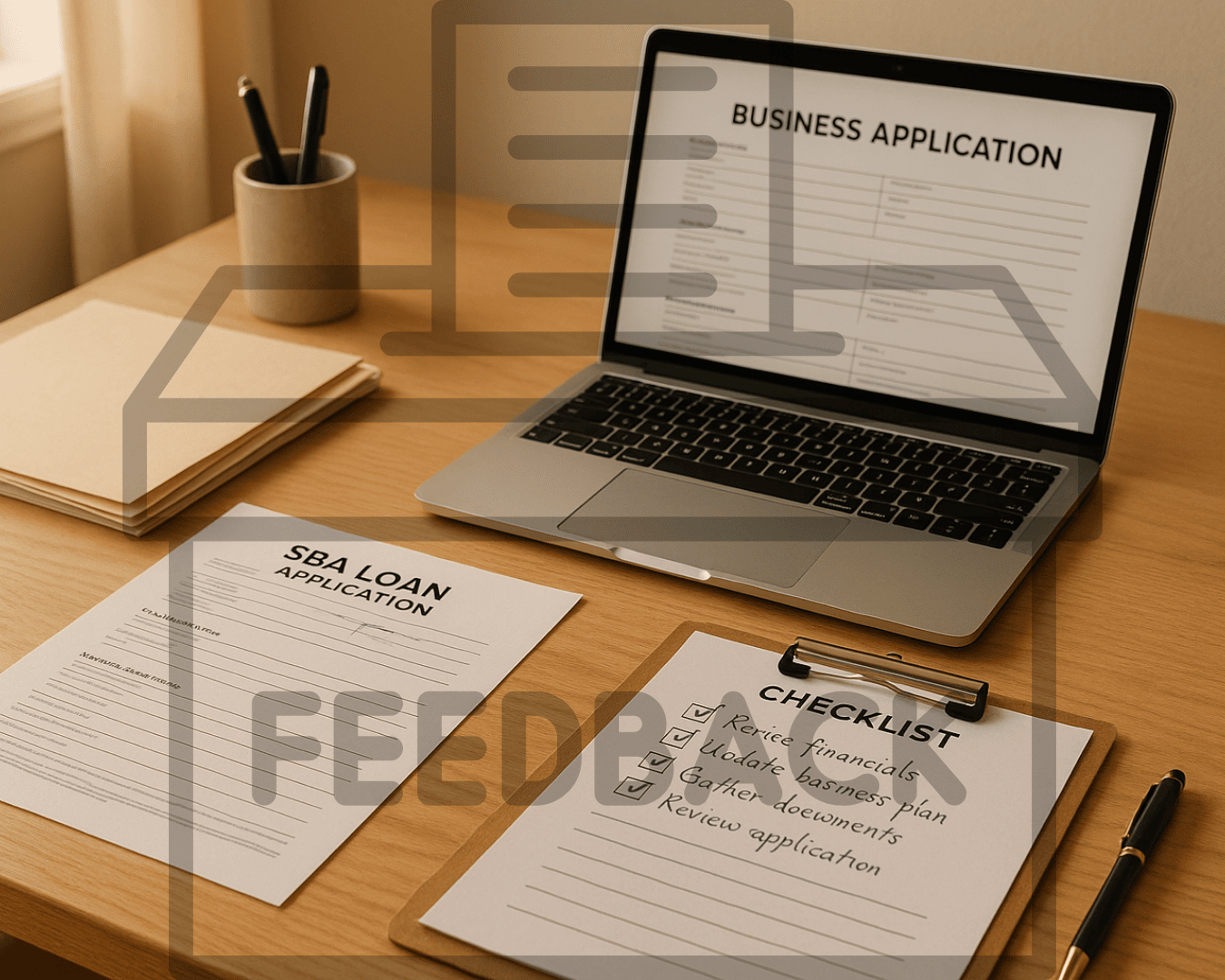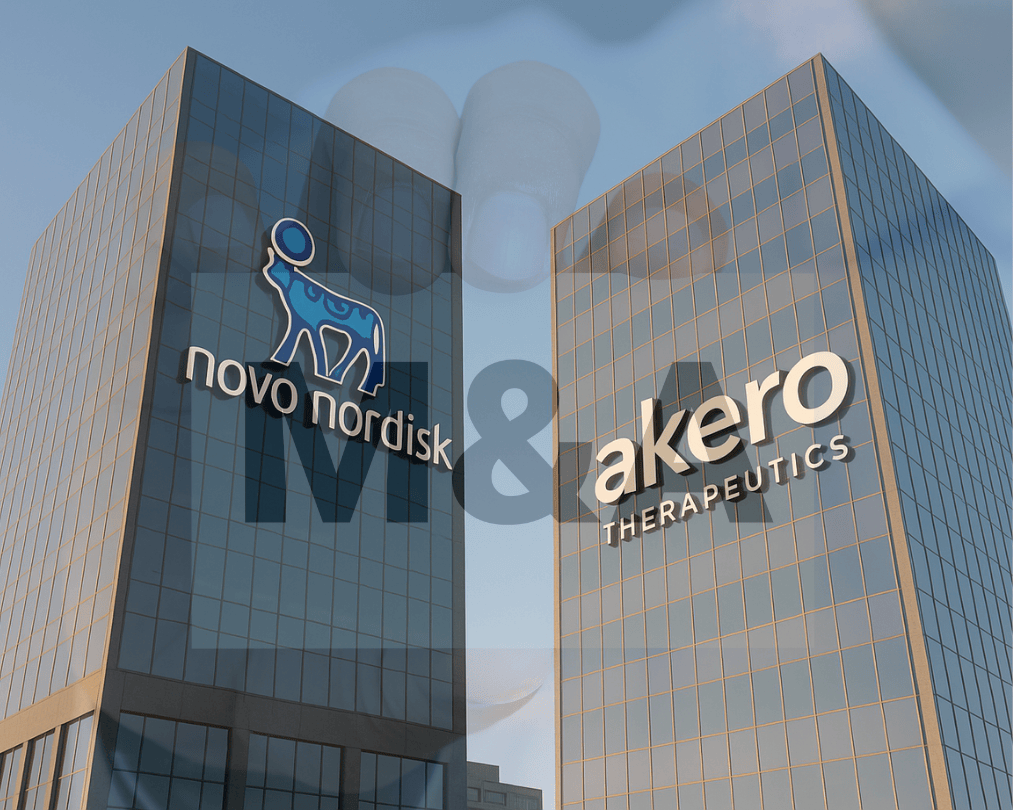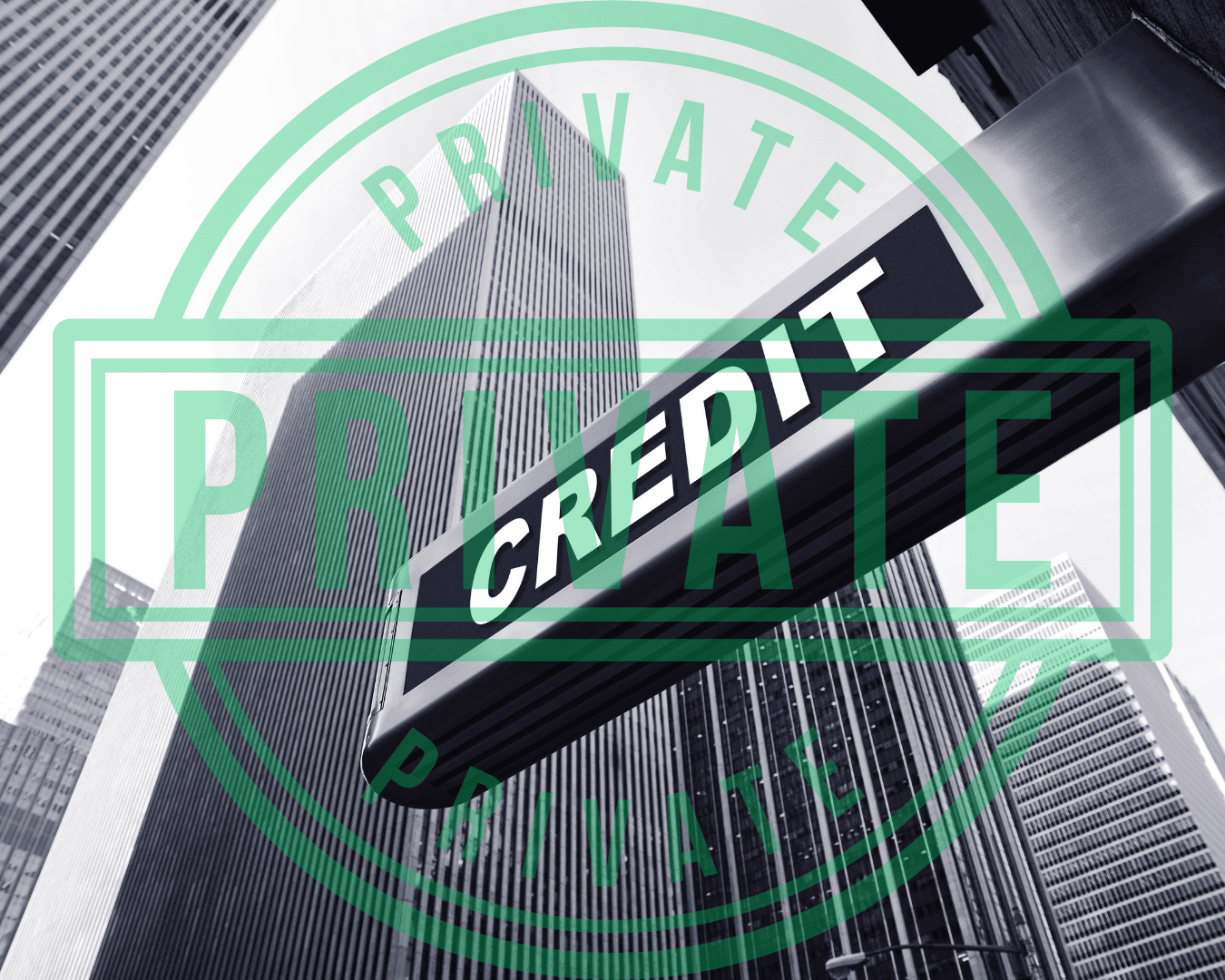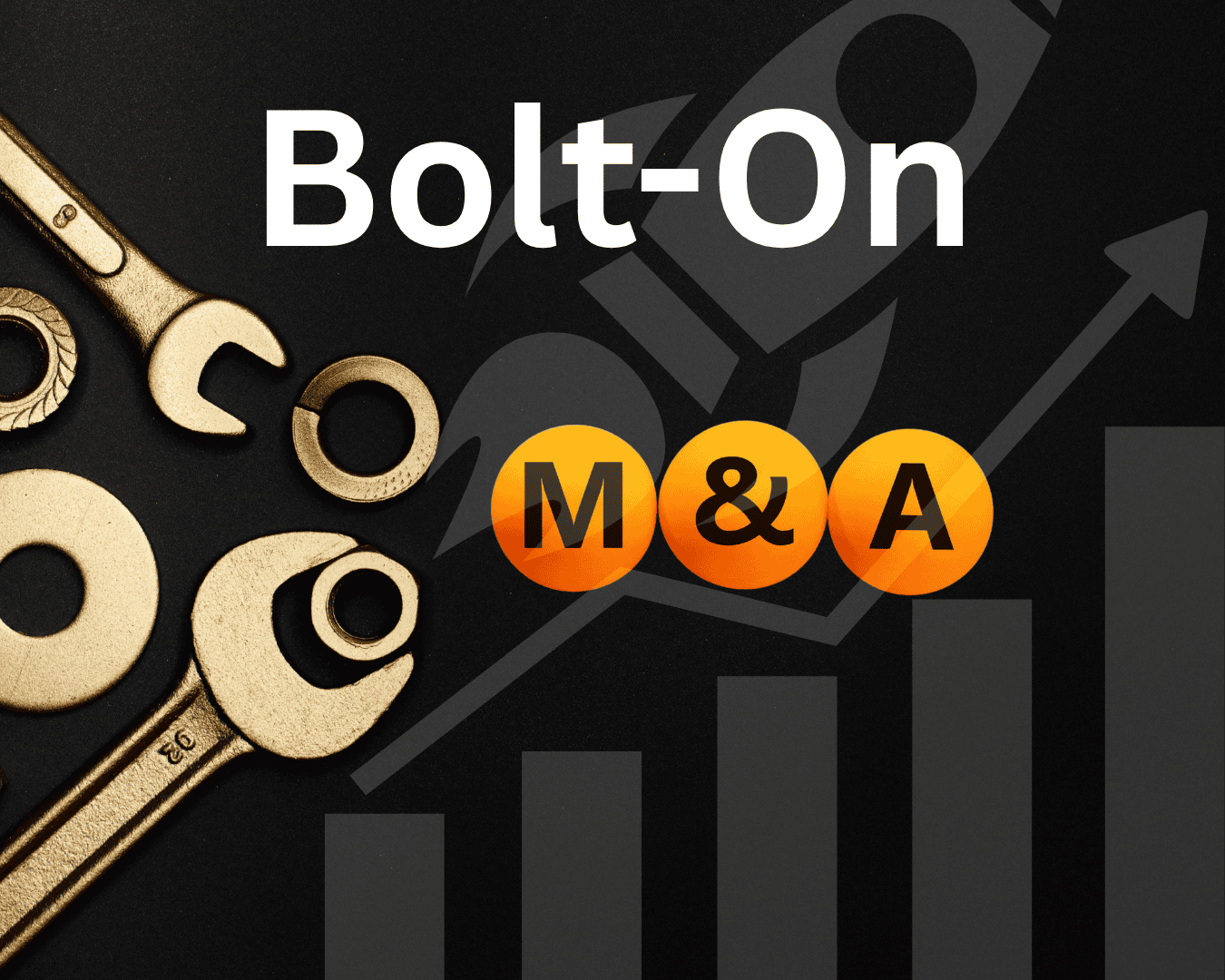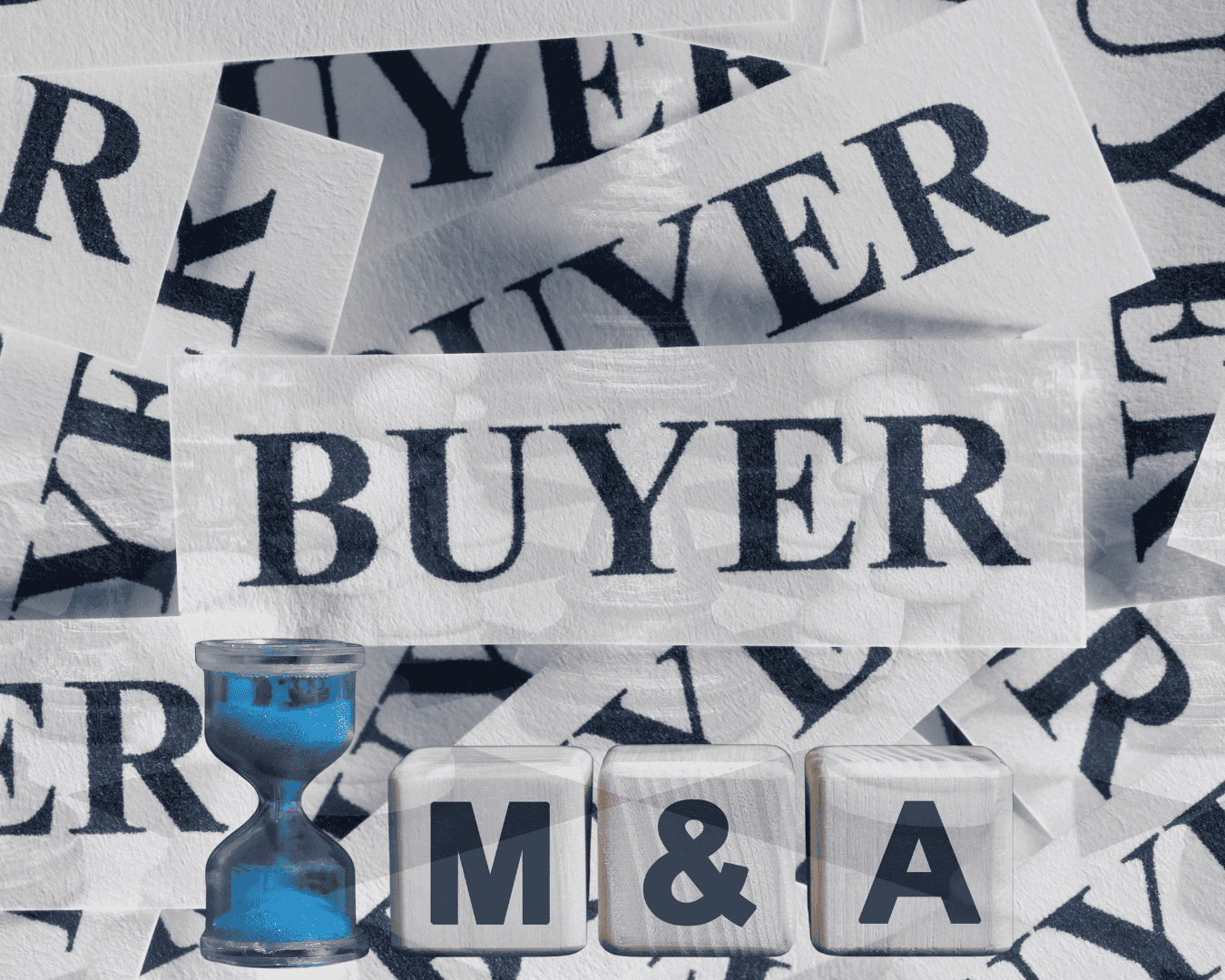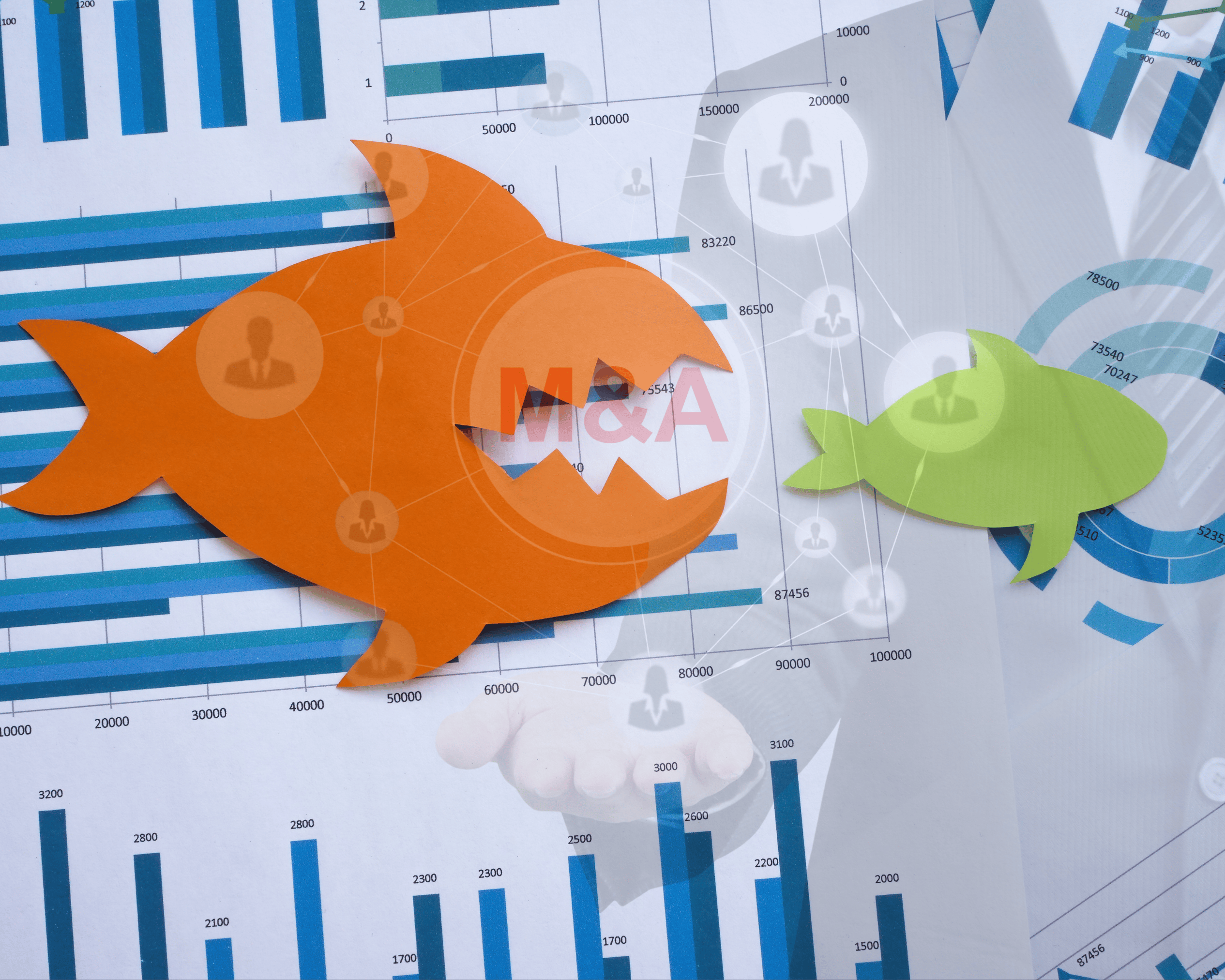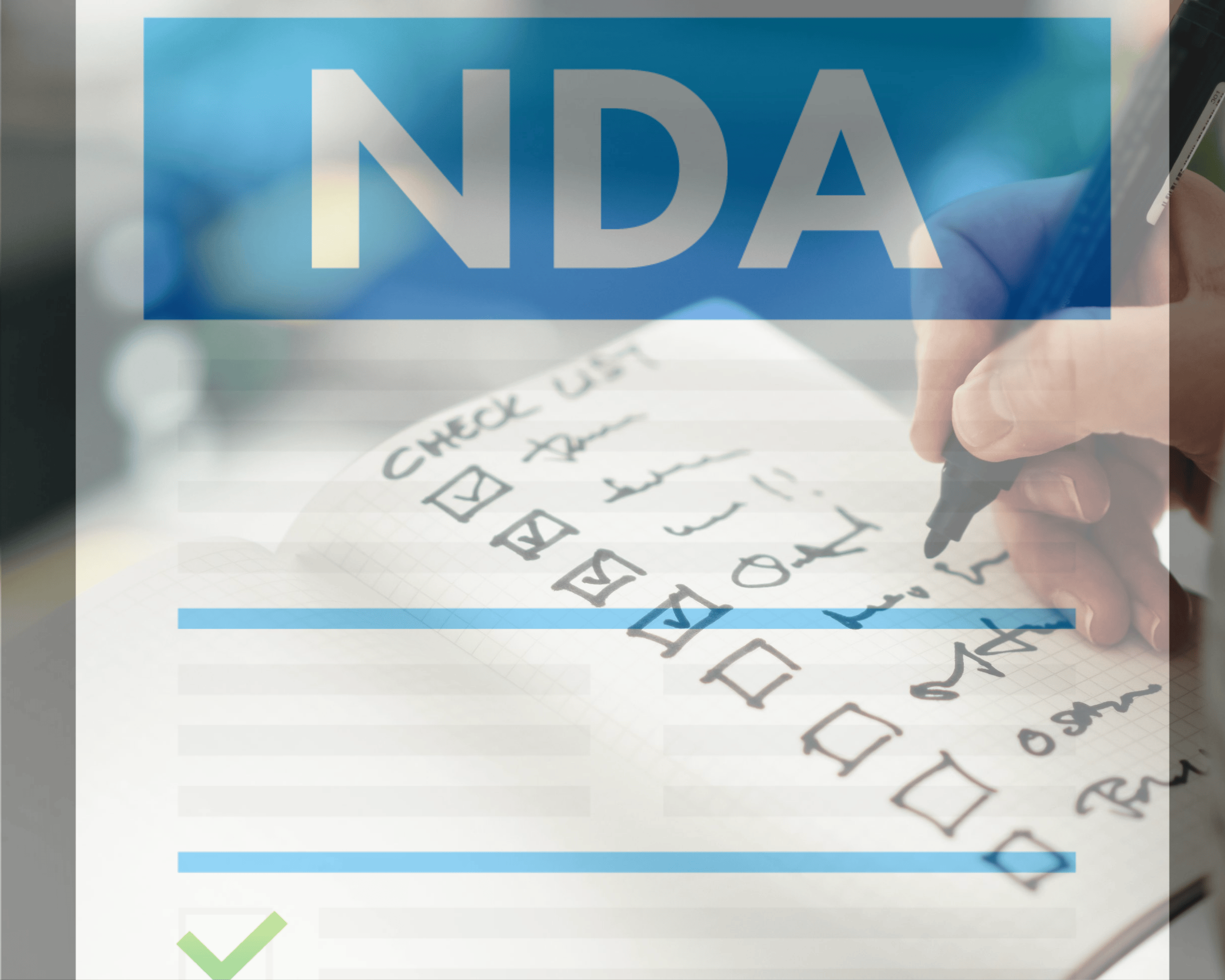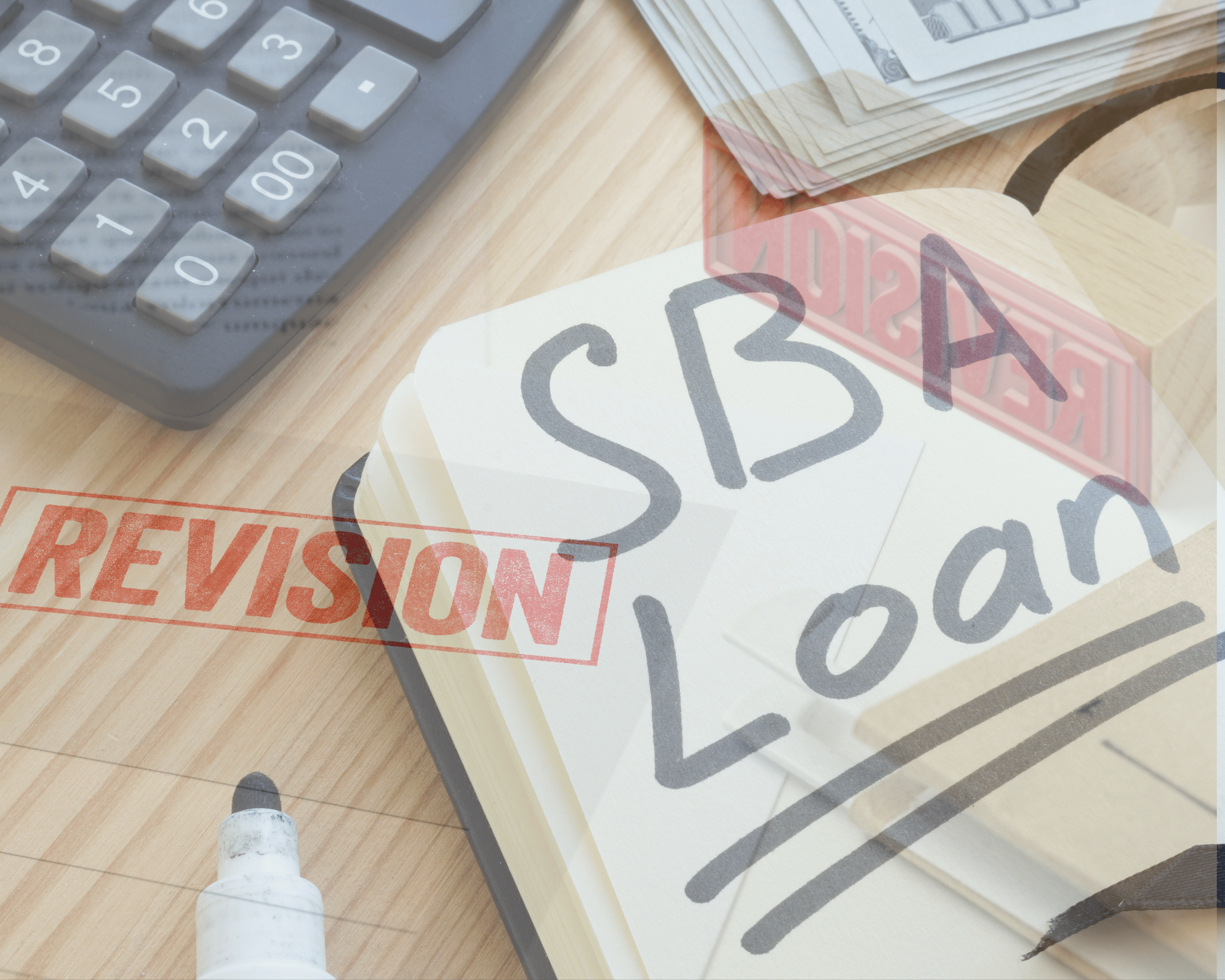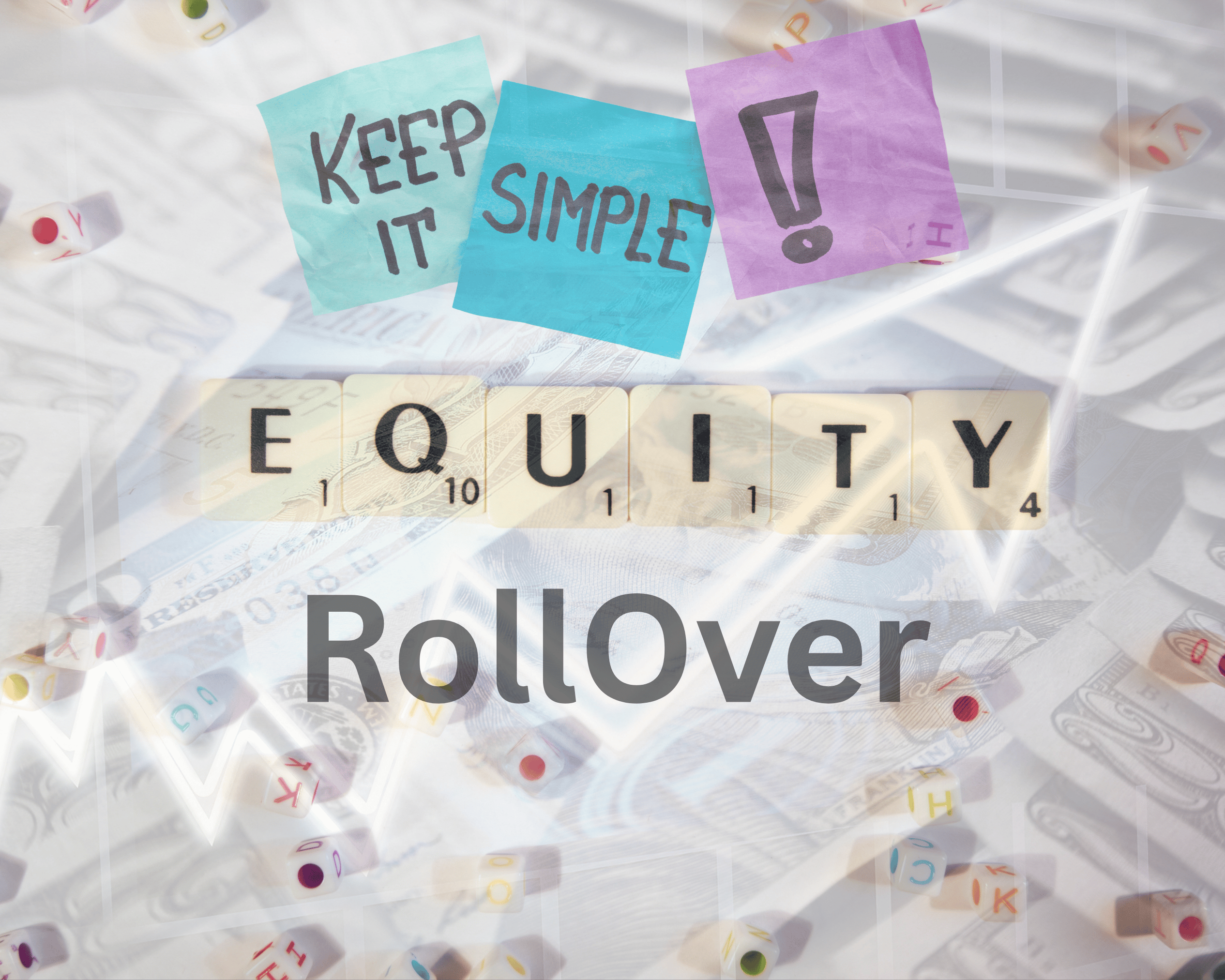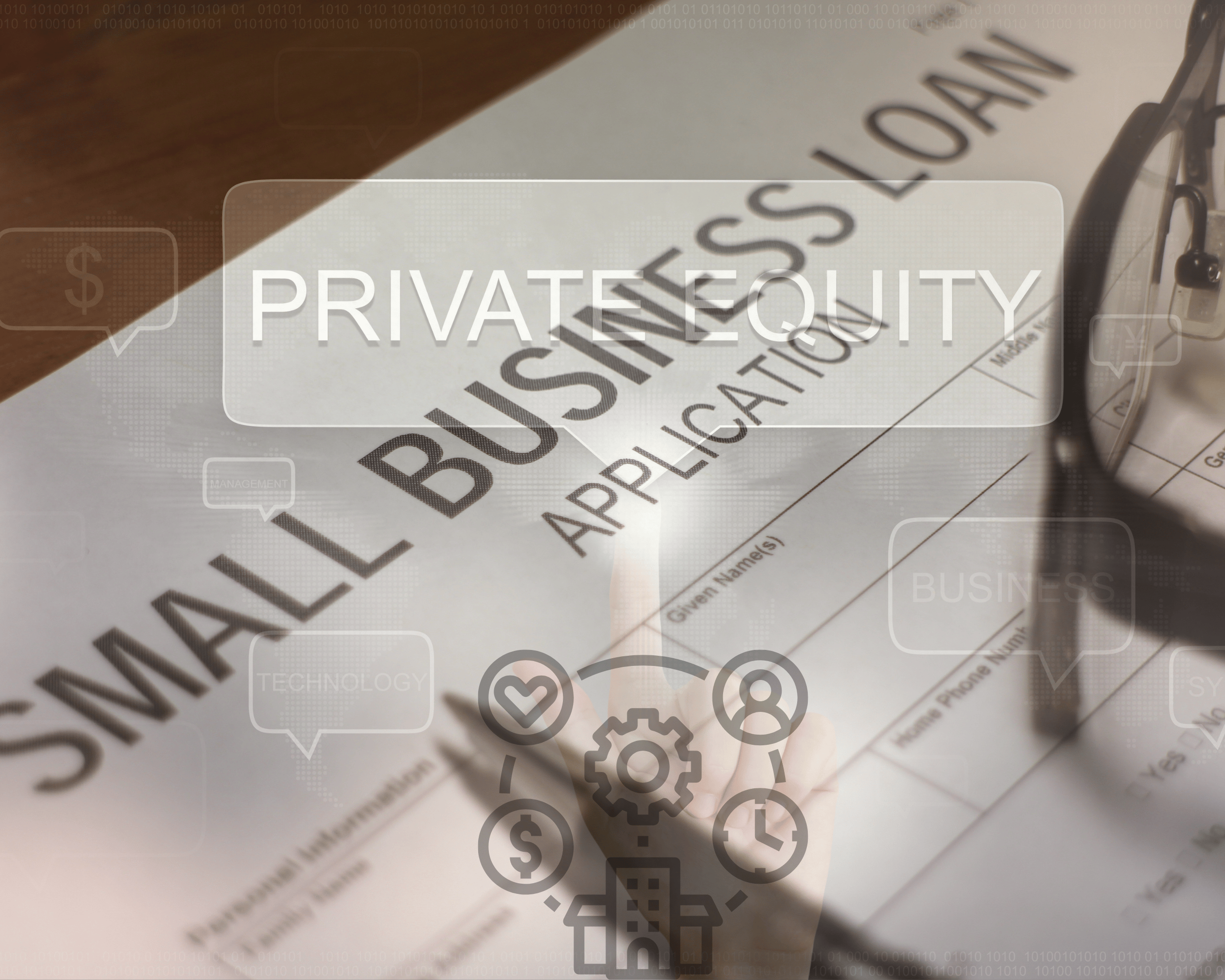When applying for a business loan, lenders often require collateral - assets pledged to secure the loan and reduce their risk. The five most common types of collateral are:
- Real Estate: Includes property like commercial buildings or land. Lenders favor it due to its physical presence and stable value, though liquidity varies by location and market conditions.
- Equipment: Covers machinery, vehicles, and technology. It’s easy to appraise but can depreciate, making newer items more attractive.
- Inventory: Used by retailers and manufacturers, this includes raw materials or finished goods. Liquidity and value depend on demand and perishability.
- Accounts Receivable: Outstanding customer invoices are a common choice for service-based businesses. The creditworthiness of customers impacts its reliability.
- Cash and Marketable Securities: The most secure option, including cash reserves or liquid investments like stocks, offering high liquidity and minimal risk.
Each type of collateral comes with specific valuation methods, risks, and suitability for different industries. Choosing the right one depends on your business assets and financing needs.
5 Things to use as Collateral for Your Next Business Loan
Quick Comparison
| Collateral Type | Ease of Valuation | Liquidity | Risk Level | Best Fit For |
|---|---|---|---|---|
| Real Estate | High | Moderate | Low to Moderate | Property-heavy industries, SBA loans |
| Equipment | Moderate | Moderate | Low to Moderate | Manufacturing, construction |
| Inventory | Moderate | Low to Moderate | Moderate to High | Retail, wholesale, manufacturing |
| Accounts Receivable | High | High | Moderate | Service-based, B2B companies |
| Cash & Marketable Securities | Very High | Very High | Low | Service firms, cash-rich businesses |
Understanding these options can help you match your assets to the right loan type. Always ensure your collateral is free of liens and well-documented to improve your chances of approval.
1. Real Estate
Real estate remains a popular choice for collateral, offering lenders a concrete asset that can be assessed and sold if needed.
Tangible or Intangible Nature of the Asset
Real estate is a tangible asset - something lenders can physically inspect and verify. Unlike intangible assets, its fixed location and defined boundaries make inspections and evaluations straightforward. Lenders can assess the property’s condition, its surrounding area, and even its future potential with relative ease.
This physical nature allows for thorough due diligence. Lenders can perform on-site inspections, review environmental factors, and verify ownership through title checks. They can walk through the property, examine its structure, and even assess the neighborhood, giving them confidence in the asset’s reliability as collateral.
Ease of Valuation and Liquidity
The value of real estate can be determined by professional appraisers using established methods, such as comparable sales, income-based approaches, or replacement cost analysis. These standardized processes provide lenders with reliable data to calculate loan-to-value ratios.
However, liquidity depends on the type and location of the property. Urban properties tend to sell faster than those in rural or specialized areas. Similarly, residential properties generally move more quickly than commercial ones, while unique or highly specialized buildings can pose additional challenges.
Market conditions also play a big role. During economic downturns, even highly desirable properties may take longer to sell, a factor lenders carefully weigh when assessing risk.
Risk Level for Lenders
The risk associated with real estate as collateral ranges from low to moderate, depending on the property type and market conditions. Established commercial properties in stable areas are often considered safer, while vacant land or properties in declining neighborhoods carry more risk.
Location is a key factor in risk assessment. Properties in economically diverse and growing markets tend to hold their value better than those in areas reliant on a single industry or with shrinking populations. Lenders also evaluate zoning restrictions, environmental risks, and whether the property can generate income, all of which impact its reliability as collateral.
Suitability for Specific Industries or Loan Types
Real estate is especially suitable for SBA loans, such as SBA 504 loans, because its tangible nature and established value help reduce lender risk.
Industries like manufacturing, retail, restaurants, and professional services often use their business premises as collateral. In acquisition scenarios, the real estate owned by the target company can serve as collateral, particularly when it represents a significant portion of the purchase price.
Owner-occupied properties often receive more favorable loan terms compared to investment properties. Lenders see businesses operating out of their own premises as more stable and committed to the location over the long term.
Next, we’ll explore equipment as another valuable collateral option.
2. Equipment
After real estate, equipment stands out as another key form of collateral for many businesses. Equipment financing allows businesses to secure loans by using their machinery, vehicles, or technology as collateral. This arrangement is practical because the equipment not only supports daily operations but also provides security for the lender.
Tangible Nature of the Asset
Equipment is a physical asset that lenders can easily examine and evaluate. Whether it's machinery, vehicles, or technology systems, these assets have a concrete presence that simplifies the assessment process. For instance, a lender might review maintenance logs for a construction crane, test the functionality of a medical imaging device, or inspect the mileage and condition of a delivery truck fleet. This hands-on inspectability reassures lenders about the asset's condition and dependability.
Ease of Valuation and Liquidity
The value of equipment is typically determined through methods such as comparable sales, replacement costs, or depreciation calculations. Many types of equipment are supported by active secondary markets, which provide reliable pricing benchmarks. However, the ease of selling these assets varies significantly depending on their type. For example, standard commercial vehicles often sell faster than highly specialized machinery. Similarly, restaurant kitchen equipment is easier to offload than custom manufacturing tools. Factors like age and condition also play a major role - newer equipment with documented maintenance records usually fetches higher prices and sells more quickly. On the other hand, technology-based equipment often loses value rapidly due to obsolescence.
Risk Level for Lenders
The risk associated with equipment as collateral ranges from low to moderate, depending on factors like its versatility and market demand. Standard equipment with clear ownership titles and steady demand poses lower risk, while highly specialized items or those prone to rapid depreciation carry higher risk. Lenders generally prefer assets that are easy to appraise, have clear titles, and can be quickly sold if necessary. Construction machinery, medical devices, and commercial vehicles often meet these criteria thanks to their consistent demand and established resale markets.
Depreciation is another critical factor in assessing risk. For example, heavy machinery used in construction, manufacturing, or agriculture tends to hold its value longer than tech-based equipment, making it more appealing to lenders.
Suitability for Specific Industries or Loan Types
Equipment financing is particularly well-suited for industries that depend on high-value machinery. Manufacturing companies can use production equipment as collateral, while transportation businesses can leverage their vehicle fleets. Medical practices often rely on diagnostic equipment, and construction firms can use heavy machinery to secure funding.
Common types of equipment accepted as collateral include IT hardware, commercial vehicles, industrial machinery, office furniture, and equipment inventory. Specialty items, such as medical devices and construction machinery, may also qualify if they meet the lender’s requirements for clear ownership, proper insurance, and marketability.
However, not all assets qualify as collateral. Personal items like household goods typically lack significant resale value, and leased equipment doesn’t offer clear ownership. Uninsurable assets are also usually excluded due to the high risk they pose for lenders.
The critical role equipment plays in a business’s daily operations makes it an especially appealing form of collateral. When a company relies on specific machinery to generate revenue, they are highly motivated to keep up with loan payments to avoid losing these essential assets.
Next, let’s explore inventory as another important type of collateral.
sbb-itb-a3ef7c1
3. Inventory
Inventory is a physical asset commonly used by product-based businesses to secure financing. For retailers, wholesalers, and manufacturers, it often constitutes a significant portion of their assets, making it a practical option for collateral. Here's a closer look at why inventory works as a financing tool and the factors that influence its valuation and risk.
Tangible Nature of the Asset
Inventory includes physical goods such as raw materials, work-in-progress items, and finished products ready for sale. For example, a plastics manufacturer might use raw polymer materials or completed plastic components as collateral since these items can be physically verified. This physical nature simplifies audits and inspections, allowing lenders to walk through warehouses, check storage conditions, and confirm inventory records.
Ease of Valuation and Liquidity
Lenders typically appraise inventory at discounted market rates. The loan-to-value ratio for inventory-backed loans usually falls between 50% and 80% of the appraised value. Liquidity, however, varies significantly. Non-perishable goods with consistent demand, like vehicles, are easier to sell and thus more liquid. For instance, auto dealerships often use their car inventory as collateral because vehicles have clear market values and can be sold relatively quickly. On the other hand, perishable items like fresh produce or dairy are rarely accepted due to the risk of spoilage.
Risk Level for Lenders
Compared to assets like real estate or cash, inventory carries higher risks. These risks include depreciation, obsolescence, and perishability. Additionally, if lenders need to seize inventory after a default, they face challenges in storing, managing, and selling it. To address these risks, lenders often require regular inventory audits, updated appraisals, and detailed inventory reports throughout the loan term. Many also file a Uniform Commercial Code (UCC) lien to secure the legal right to seize and sell the inventory if necessary.
Suitability for Specific Industries or Loan Types
Inventory-backed financing is particularly effective for businesses in retail, wholesale, manufacturing, and distribution, where inventory represents a large share of assets. A common example is inventory financing, where the purchased stock itself serves as collateral. This type of financing helps businesses manage cash flow and maintain stock levels. Retailers, for instance, often use this approach to secure lines of credit for restocking ahead of busy seasons.
The suitability of inventory as collateral depends on the type of goods. Durable items like electronics, automotive parts, and industrial materials are more attractive to lenders than perishable products. However, loans secured by inventory typically come with higher interest rates and lower advance rates compared to loans backed by more stable assets.
Platforms like Clearly Acquired simplify inventory-backed financing by connecting businesses with specialized lenders and offering tools to streamline the collateral evaluation process.
Next, we’ll explore how accounts receivable can serve as another form of collateral for business loans.
4. Accounts Receivable
Accounts receivable refers to the money your customers owe for goods or services you've already provided. While it’s not a physical asset, it holds a clear monetary value, making it an attractive option for lenders. Its popularity as collateral has grown because it can provide immediate cash flow and can often be converted into cash relatively quickly. Many service-focused and B2B businesses use accounts receivable financing to address cash flow gaps.
What Makes It Intangible?
Unlike physical assets like machinery or inventory, accounts receivable exists only in your financial records. Essentially, it’s a promise from your customers to pay for products or services they’ve already received. While you can’t physically hold accounts receivable, lenders can verify their legitimacy through invoices, contracts, and payment histories from your customers.
Valuation and Liquidity
The value of accounts receivable is straightforward to calculate. Each invoice has a specific dollar amount and due date. Typically, lenders advance 70% to 90% of the invoice value, depending on factors like the creditworthiness of your customers and the age of the invoices. For example, invoices that are less than 30 days old often qualify for higher advances than those over 90 days old.
Invoices from reliable customers - such as those tied to government contracts or large corporations like Fortune 500 companies - are particularly appealing to lenders. These are considered lower-risk because they come with a higher likelihood of payment.
Risks for Lenders
Lenders face certain risks when using accounts receivable as collateral. The biggest concern is customer default - if your customers fail to pay their invoices, the collateral loses its value. Another issue is dilution, which occurs when invoice amounts are reduced due to returns, disputes, or discounts.
To manage these risks, lenders conduct thorough credit checks on your customers and may refuse invoices from those with poor payment histories. Additionally, they might require you to maintain a reserve account, typically 10% to 20% of the loan amount, to cover potential losses.
Best Fit for Certain Industries and Loans
Accounts receivable financing is particularly useful for industries that operate on payment terms of 30 to 90 days. This includes service-based businesses, manufacturers, wholesalers, and staffing companies. Professional services firms - such as consulting agencies, law firms, and marketing companies - often rely on this type of financing to bridge the gap between completing a project and receiving payment.
Some businesses choose to factor their invoices at a discount, while others use them as collateral in asset-based lending arrangements, which allows them to maintain control over customer relationships.
Industries with recurring revenue models, like subscription services or software-as-a-service (SaaS) companies, also benefit from accounts receivable as collateral. Their predictable payment schedules and high customer retention make this asset even more reliable.
Clearly Acquired connects businesses with lenders that specialize in accounts receivable financing, offering tools to evaluate the quality of receivables and match businesses with funding solutions tailored to their industry and customer base.
Next, we’ll look at cash and marketable securities - often considered the most secure collateral for business loans.
5. Cash and Marketable Securities
When it comes to low-risk collateral options, cash and marketable securities stand out as some of the most reliable. These assets are highly liquid, stable, and easy for lenders to evaluate, making them a preferred choice for securing business loans.
Cash includes funds held in checking or savings accounts, as well as certificates of deposit (CDs). Marketable securities, on the other hand, cover liquid investments like publicly traded stocks, Treasury or municipal bonds, and mutual funds. Their combination of liquidity and low risk makes them an attractive option for both borrowers and lenders.
Tangible vs. Intangible Assets
Cash is generally considered a tangible asset because it represents physical currency or readily accessible funds in bank accounts. Marketable securities, while technically intangible, are standardized financial assets that can be quickly sold or transferred. This distinction doesn’t affect their appeal as collateral since both are easy to verify and convert into cash.
Liquidity and Valuation
Cash is the easiest asset to value - it’s fixed and immediately accessible. Marketable securities are similarly straightforward, as their value is determined by real-time prices in public markets. Lenders typically require only bank or brokerage statements to confirm the value of these assets.
When it comes to loan-to-value (LTV) ratios, cash is often accepted at 100% of its value. Marketable securities, depending on their type and volatility, usually fall within an LTV range of 50% to 90% [10,12]. This high liquidity and ease of valuation make both assets highly appealing to lenders.
Low Risk for Lenders
From a lender’s perspective, cash and marketable securities are among the safest forms of collateral. Cash doesn’t depreciate, and while marketable securities can experience short-term price fluctuations, they remain liquid and relatively stable. Because of this, loans backed by these assets often come with lower interest rates and more favorable terms. However, lenders may impose restrictions on the types of securities they accept, typically favoring investment-grade assets over those that are volatile or difficult to sell.
Industry and Loan Applications
Cash and marketable securities are versatile collateral options, suitable for a wide range of business loans. These include working capital loans, lines of credit, and SBA loans, particularly for borrowers with significant liquid assets. Service-based businesses, such as consulting firms, accounting practices, and software companies, often use these assets to secure financing. Their lack of physical assets makes liquid collateral an ideal choice.
For example, Clearly Acquired connects businesses with lenders that specialize in financing backed by cash and securities. Their expertise ensures that these assets are efficiently verified, managed, and pledged throughout the loan process.
Using cash or marketable securities as collateral not only minimizes risk for lenders but also provides borrowers with flexible financing options. These assets are not tied directly to specific business operations or market conditions, making them a reliable choice across various industries. Loans secured by these liquid assets often come with favorable terms, giving businesses the flexibility they need to grow [11,12].
Conclusion
The type of collateral you choose for your business loan can greatly influence both your chances of approval and the terms you receive. Here's a quick overview of the main collateral types and their strengths.
Real estate, equipment, inventory, accounts receivable, and cash or marketable securities each serve different purposes based on your business needs and assets. Real estate is ideal for businesses with property holdings, while equipment is a natural fit for industries like manufacturing, construction, and transportation. Inventory works well for retail and wholesale operations, accounts receivable suits B2B companies, and cash or marketable securities offer unmatched flexibility across various sectors.
When selecting collateral, focus on assets that align with your financial goals and business model. Pay attention to factors like liquidity, depreciation, and market stability - lenders typically favor assets that are easy to value and sell.
For a smoother process, consider consulting experts who can guide you in evaluating your collateral options. Tools like Clearly Acquired can connect you with lenders specializing in specific types of collateral, whether you’re pursuing SBA 7(a) loans secured by real estate, equipment financing, or working capital backed by receivables. The right lending network ensures your collateral is put to its best use.
FAQs
What should businesses consider when selecting collateral for a loan?
When securing a business loan, selecting the right collateral is a critical step. You’ll want to carefully evaluate the type, value, and stability of the assets you’re offering. Common options that lenders typically accept include accounts receivable, inventory, equipment, and real estate.
To figure out how much collateral you’ll need, consider factors like the loan amount, your credit history, and the specific requirements set by the lender. Lenders tend to favor assets that hold their value well and can be quickly converted into cash. It’s also important to understand the concept of lien priority - this refers to the lender’s legal claim on the collateral, which can influence your decision.
By thoroughly evaluating your assets and understanding the lender’s expectations, you can select collateral that not only meets your business goals but also improves your chances of securing the loan.
How does equipment depreciation affect its use as collateral for a business loan?
As equipment ages and depreciates, its value naturally declines, which can impact its usefulness as collateral for a business loan. Lenders usually evaluate the current market value of the equipment, and as wear and tear reduce its resale value, they may lower the loan-to-value (LTV) ratios. These ratios often fall between 50% and 80% of the equipment's assessed value.
This drop in value can limit the loan amount you're eligible for, which might mean you’ll need to provide additional collateral or make a larger down payment. To minimize risks and ensure accurate valuations, regular equipment appraisals are crucial for both borrowers and lenders.
Why do lenders prefer cash and marketable securities as collateral for business loans?
Lenders prefer using cash and marketable securities as collateral due to their high liquidity and ease of conversion into cash. These assets pose minimal risk, allowing lenders to recover funds quickly if a borrower defaults.
Another advantage is their clear and straightforward valuation. Unlike other forms of collateral that might need appraisals or have values that vary over time, cash and marketable securities offer consistency and simplicity. This combination of reliability and liquidity makes them a go-to option for securing loans.




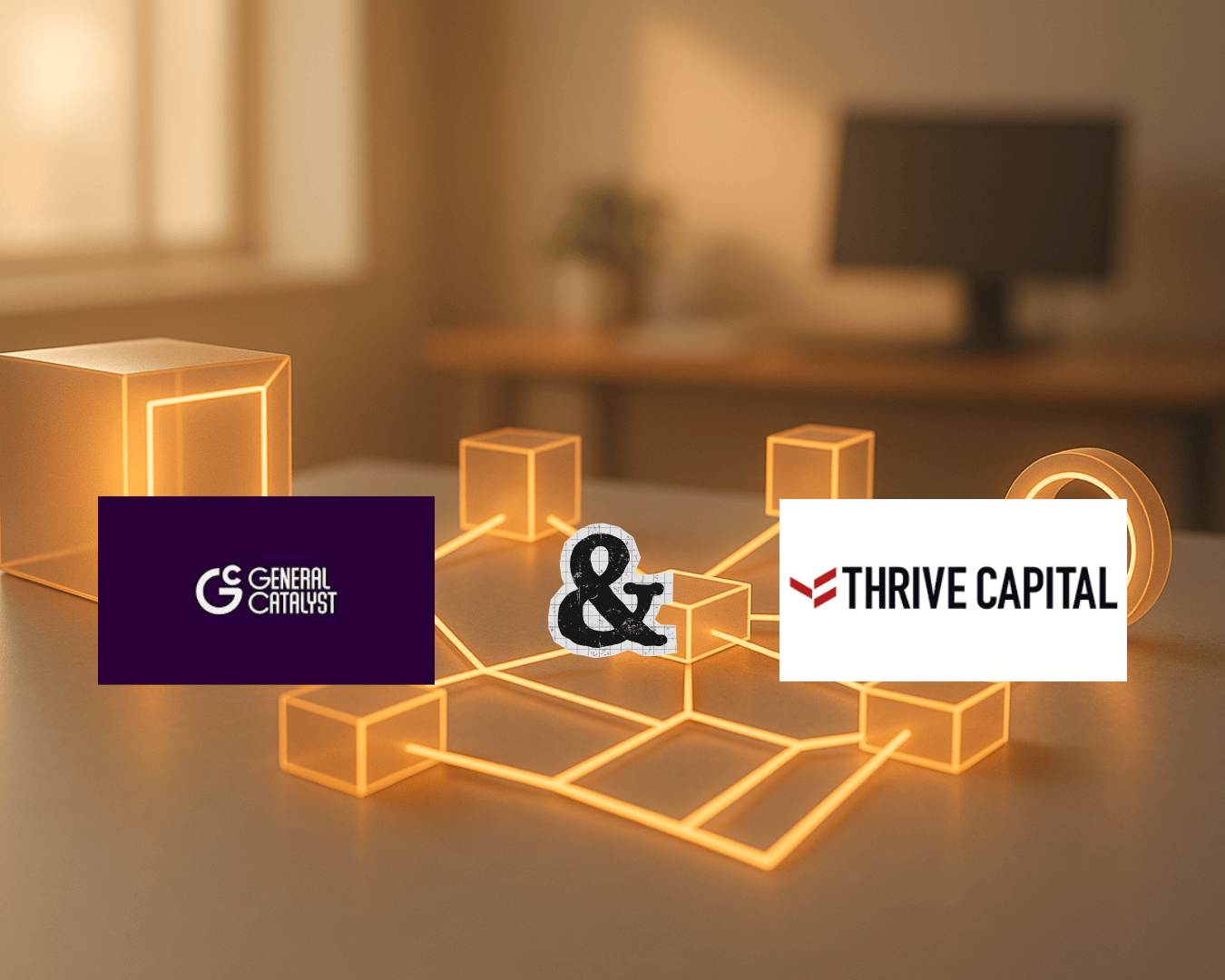
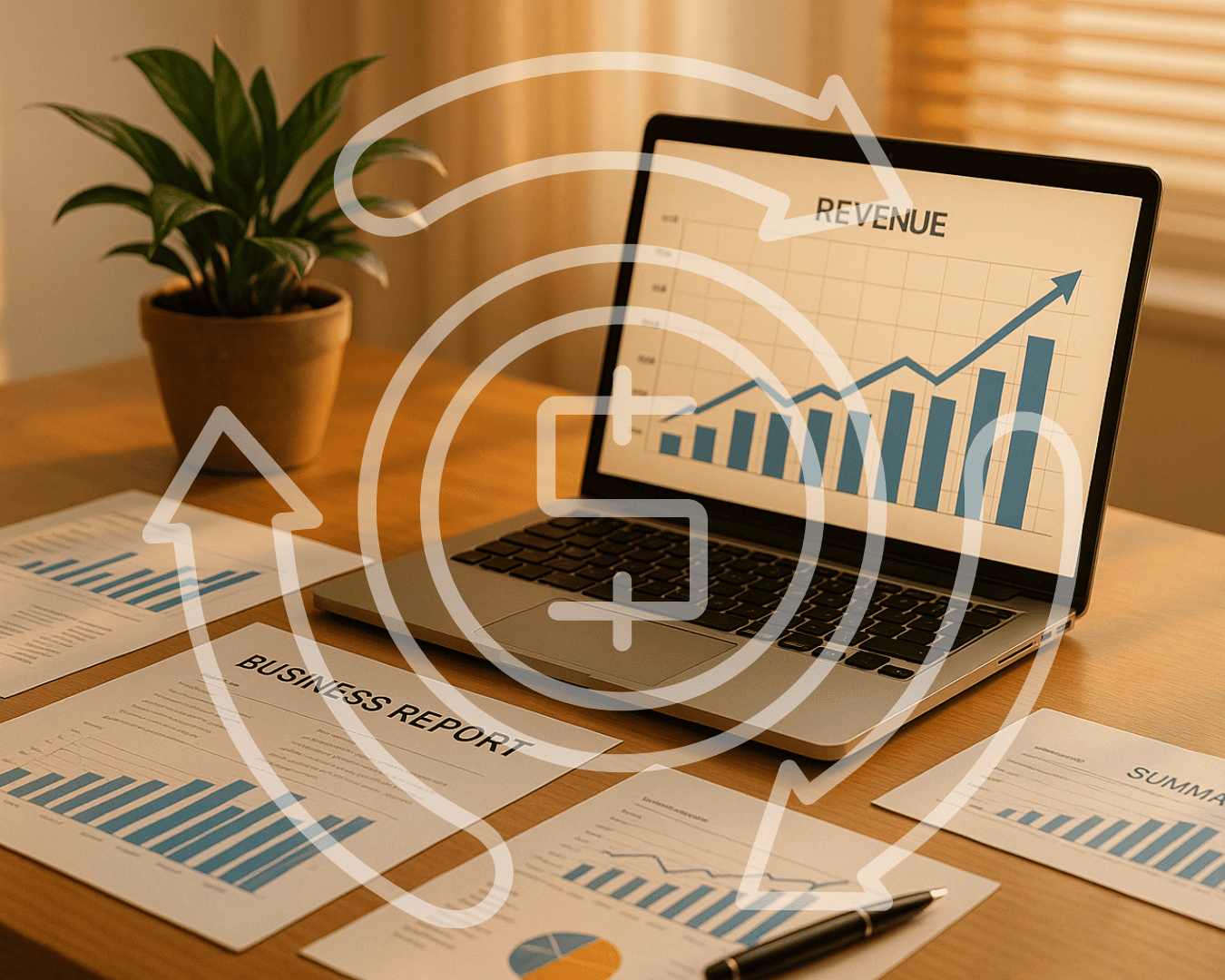





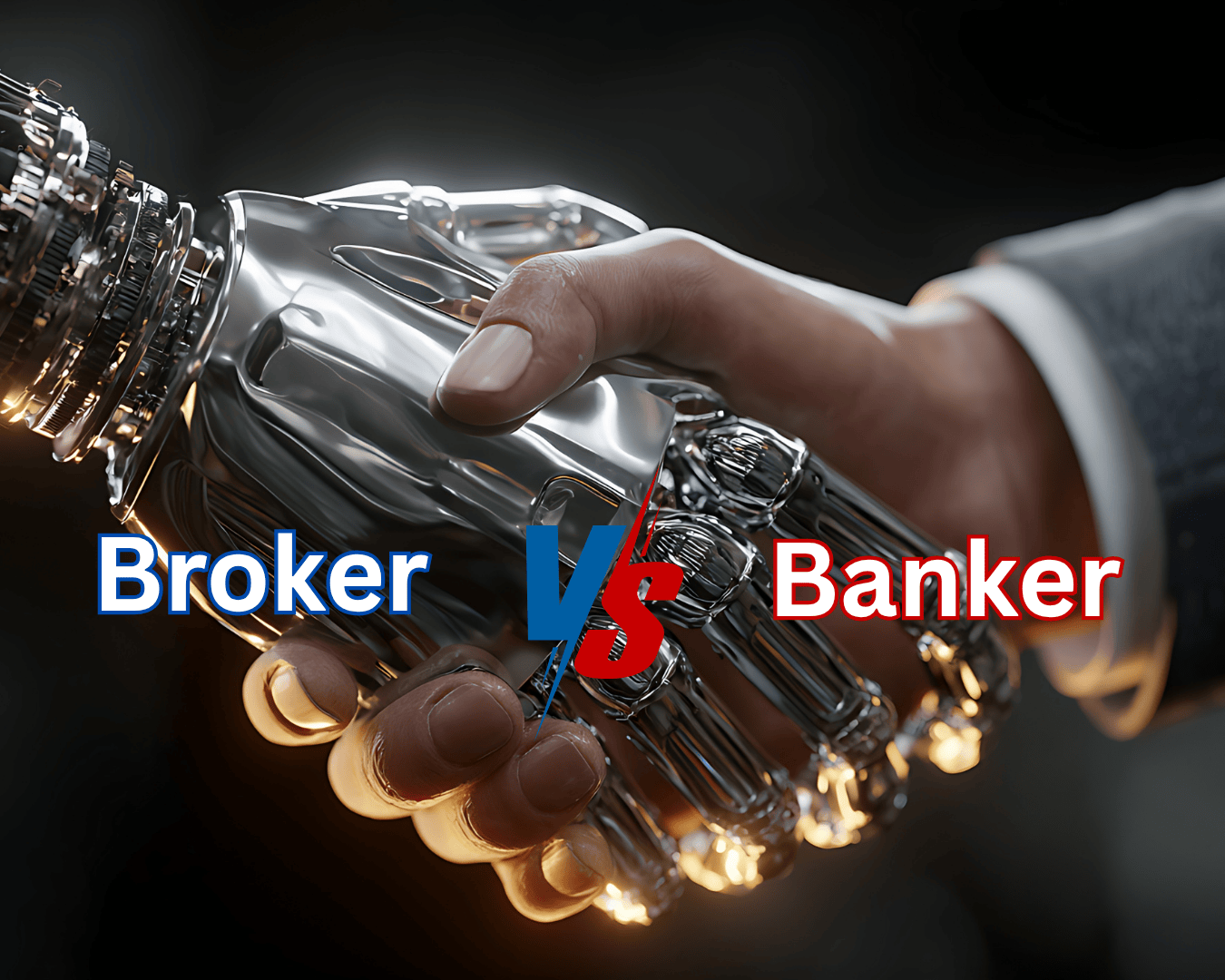
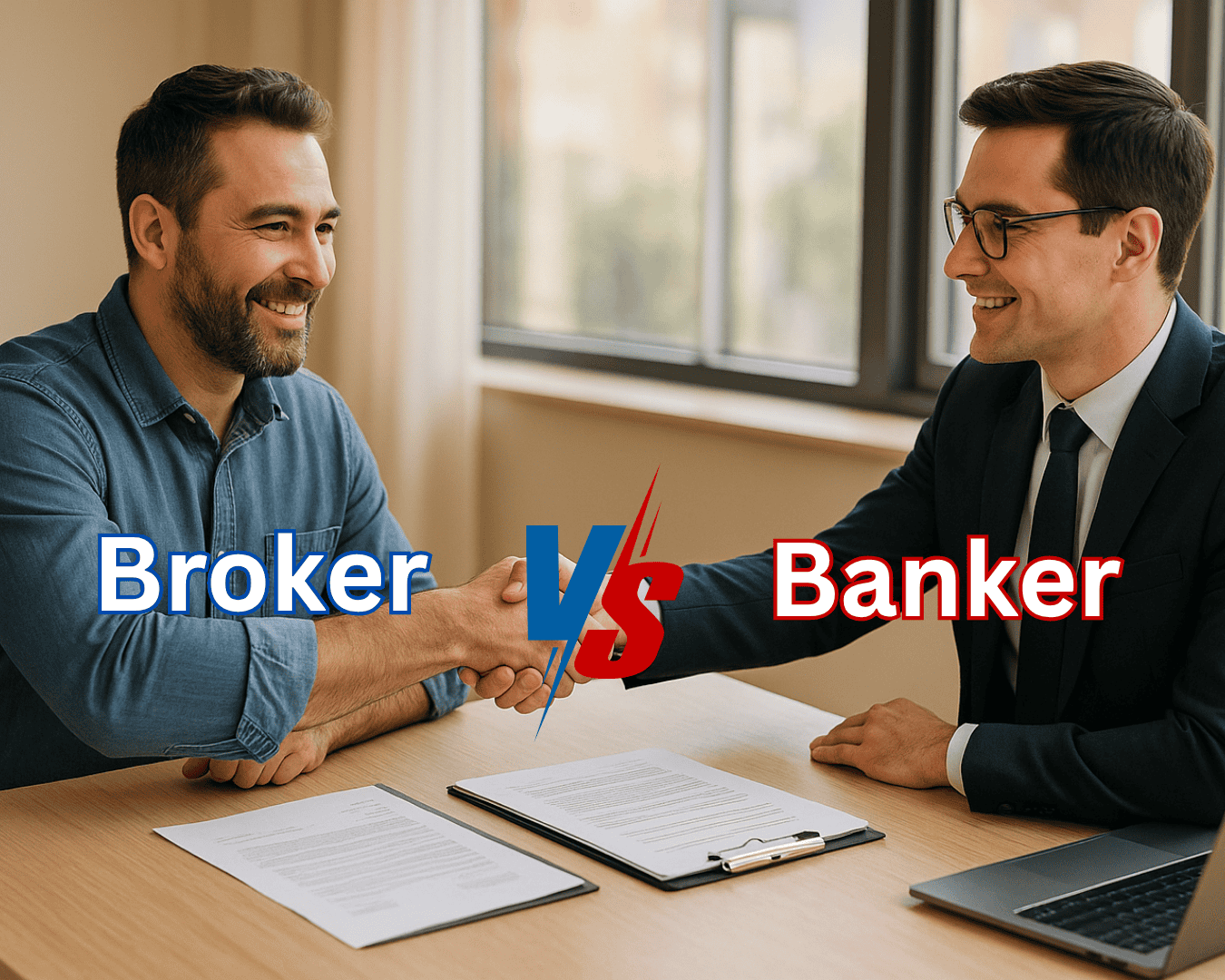
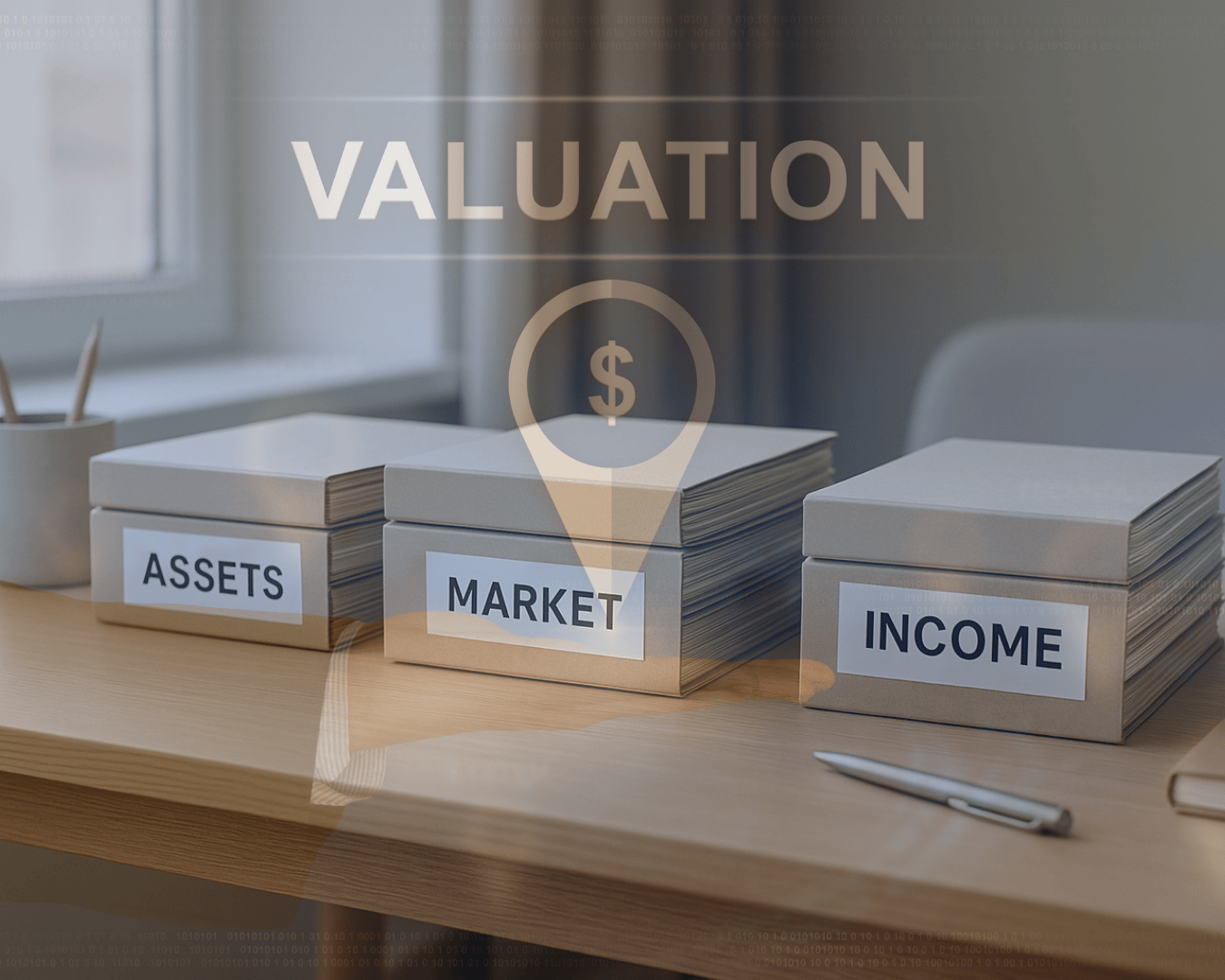


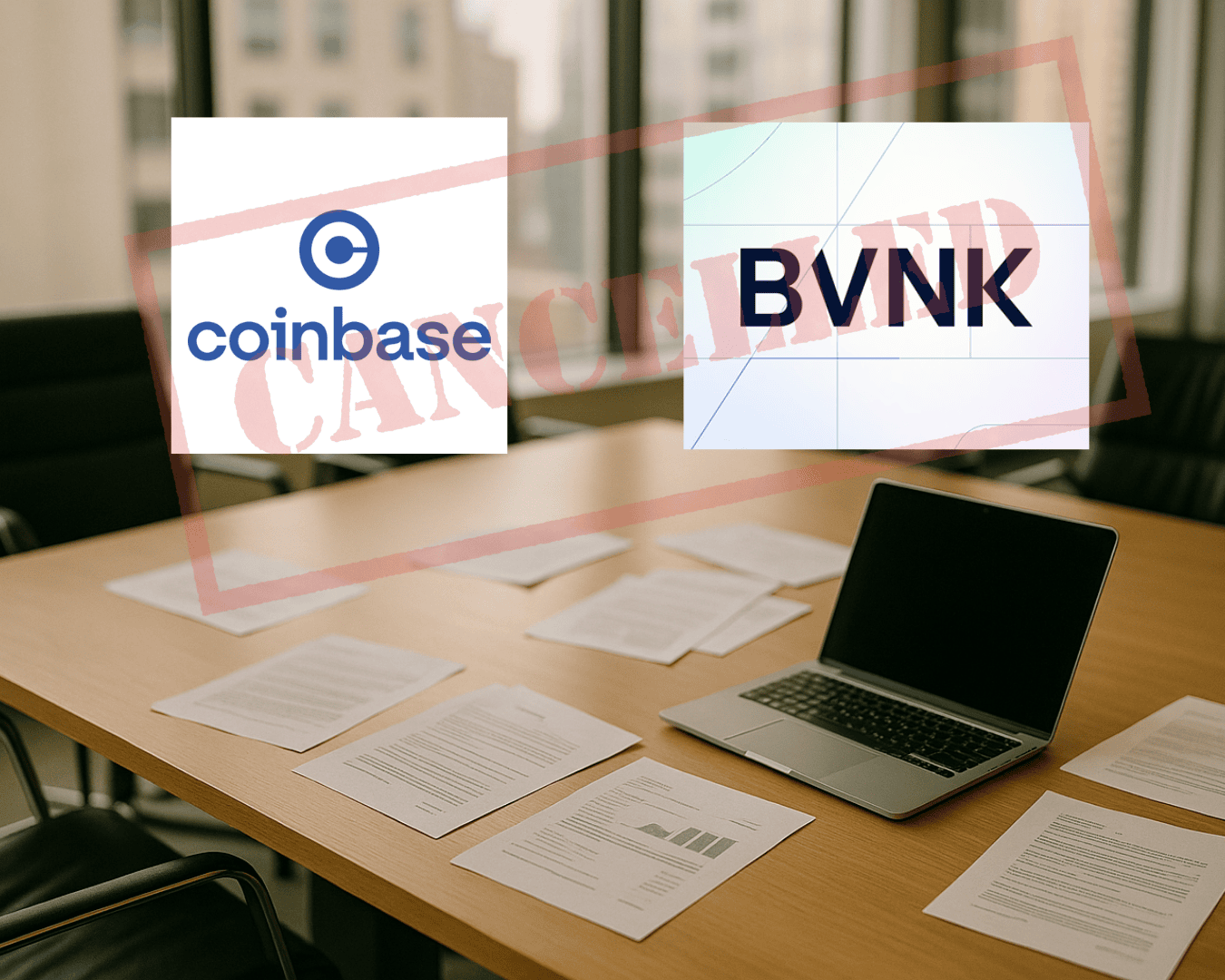
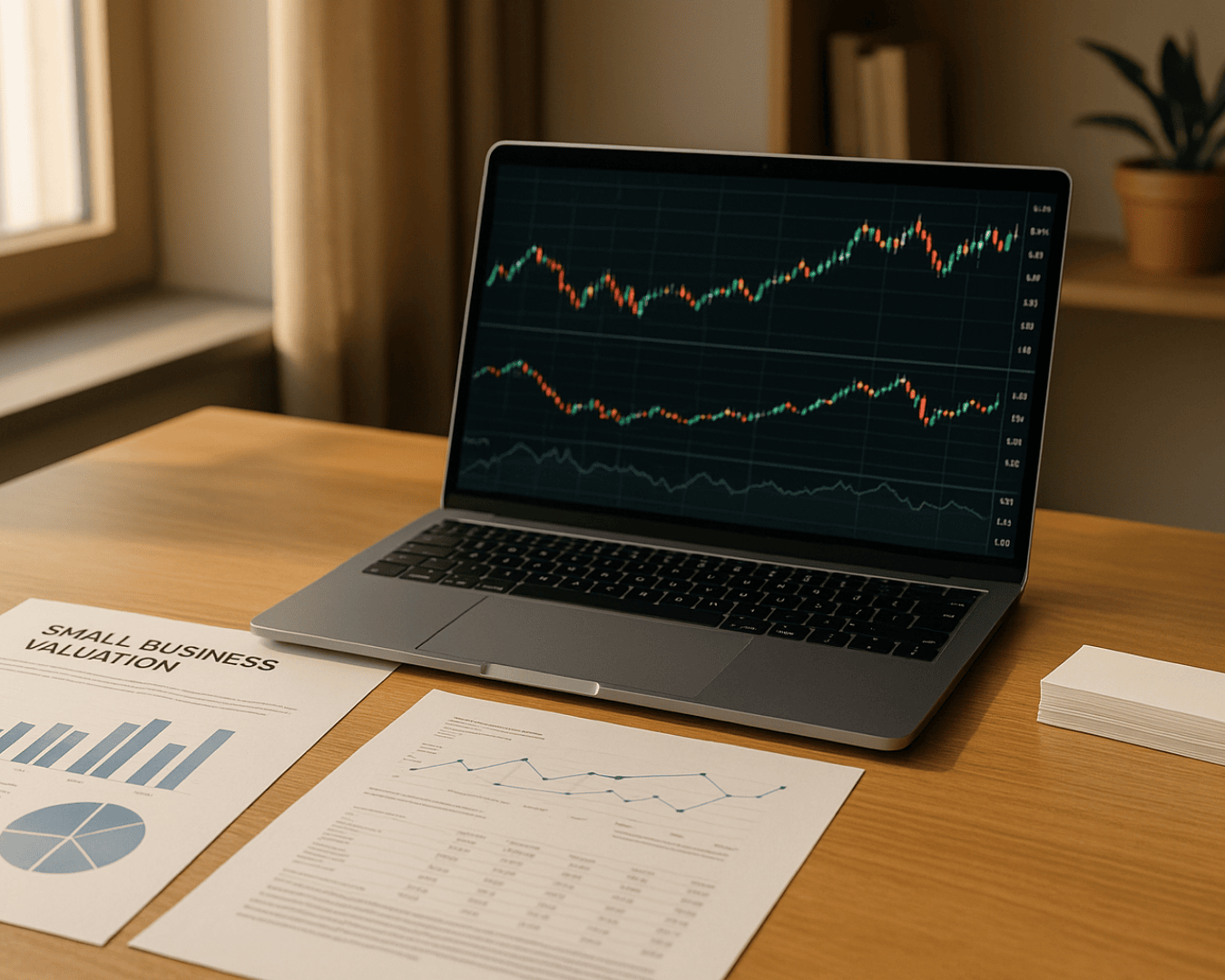








.png)

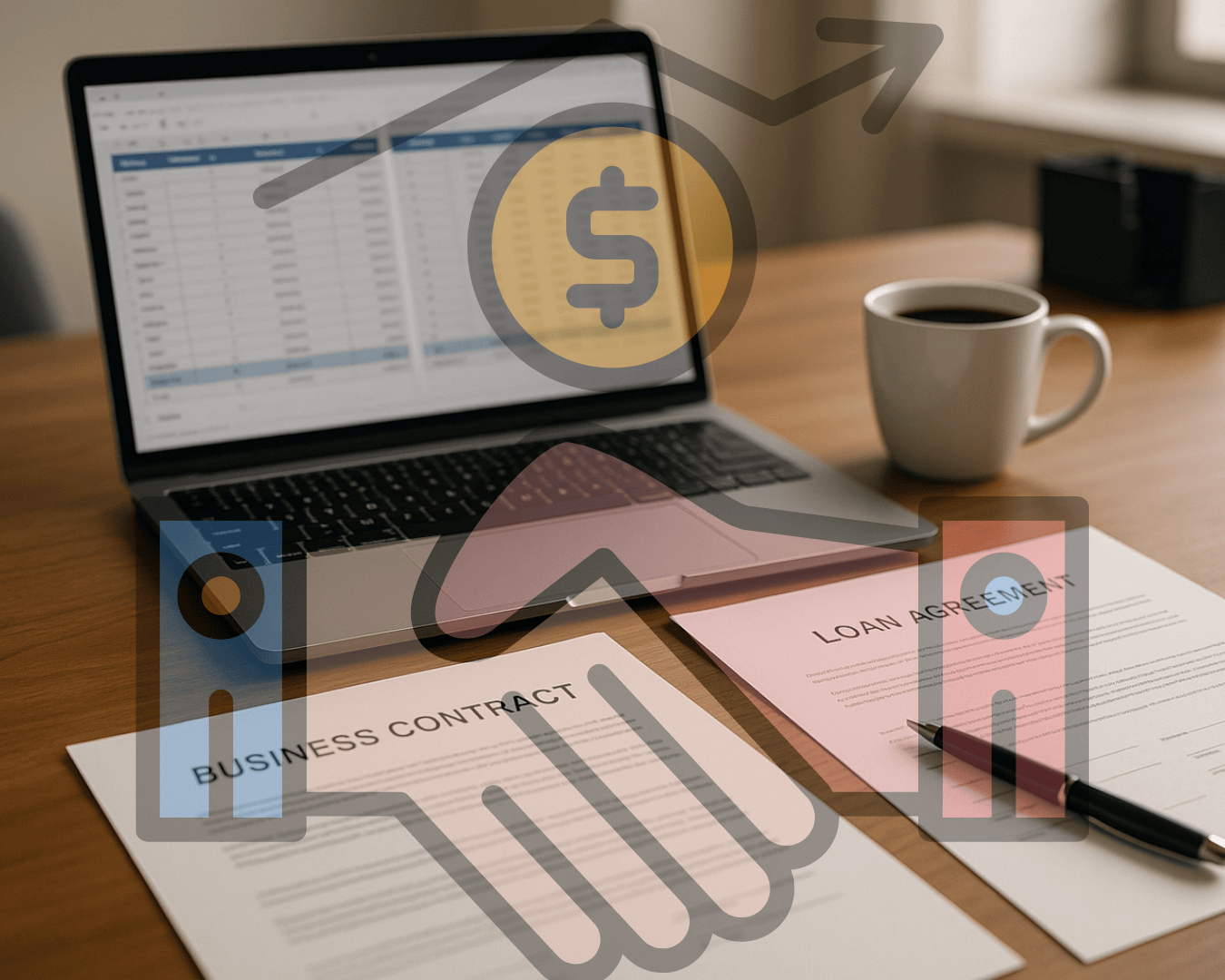



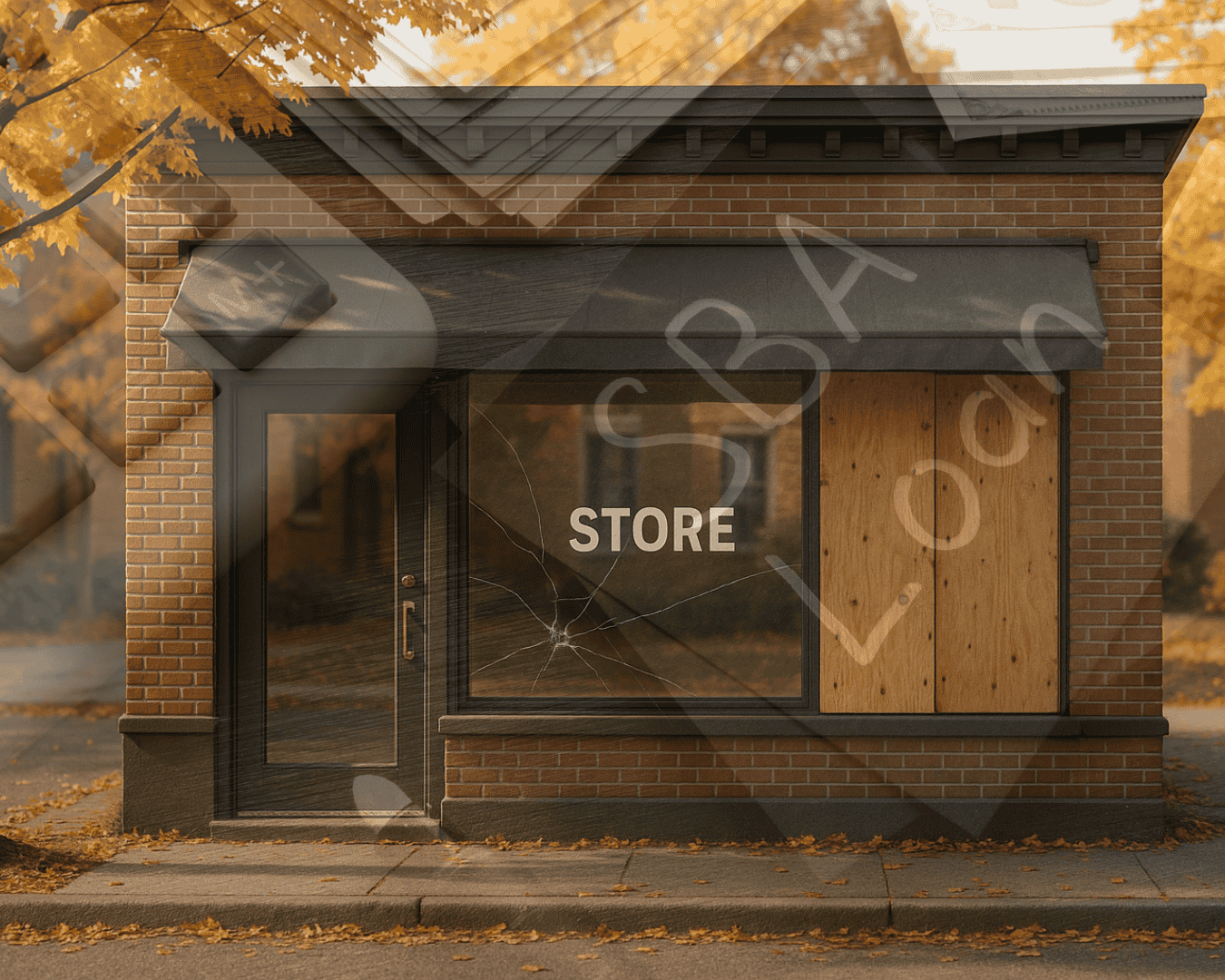




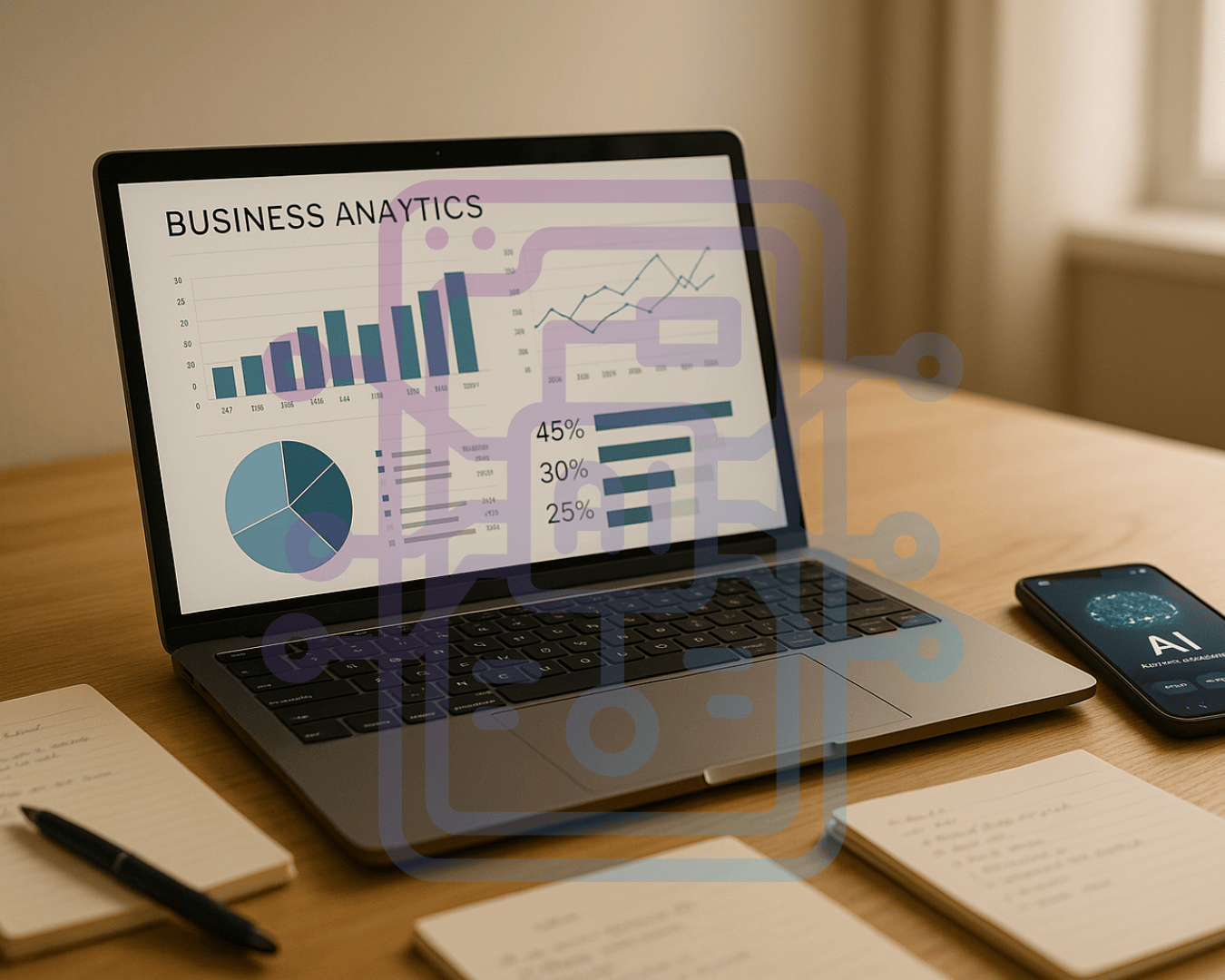






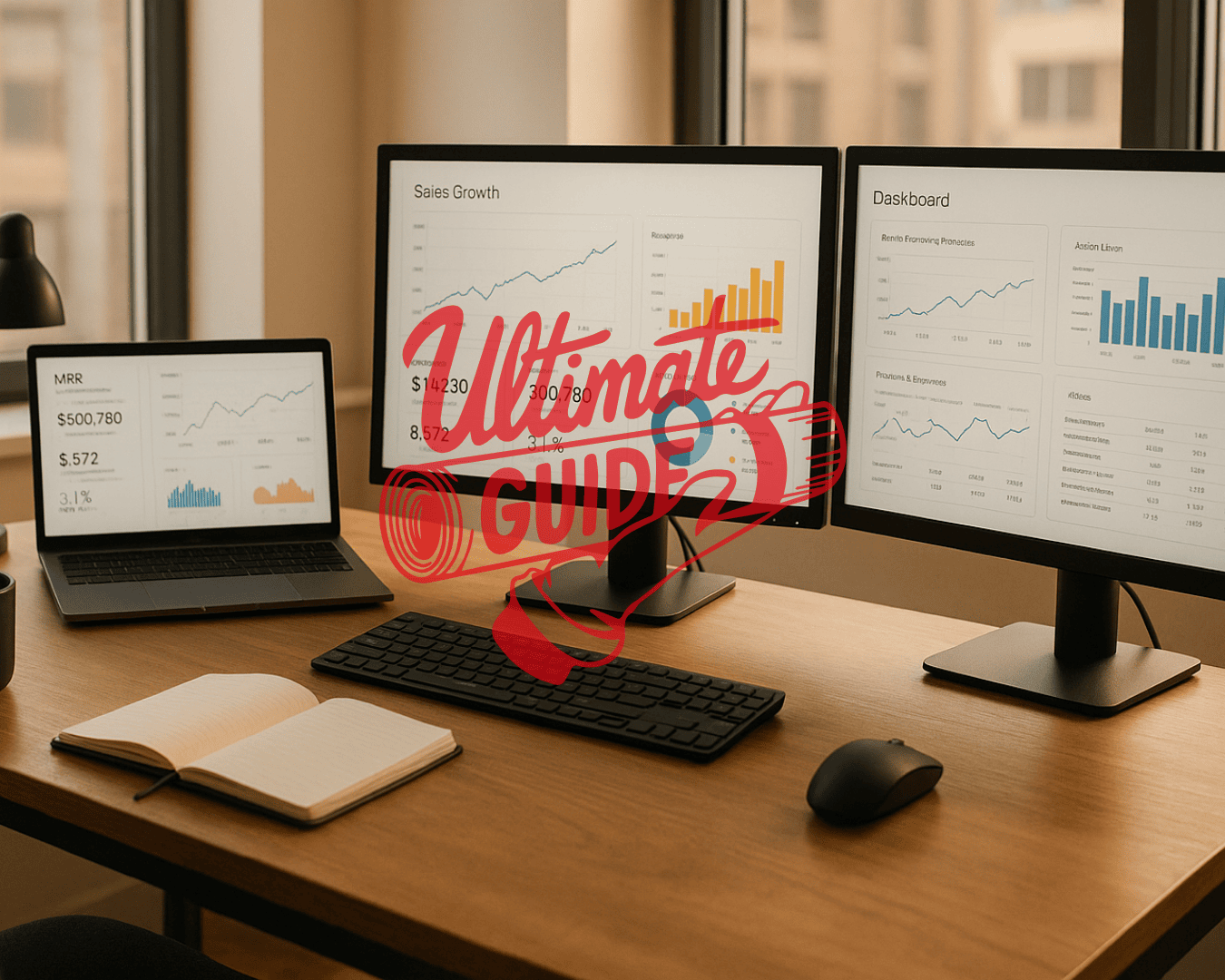



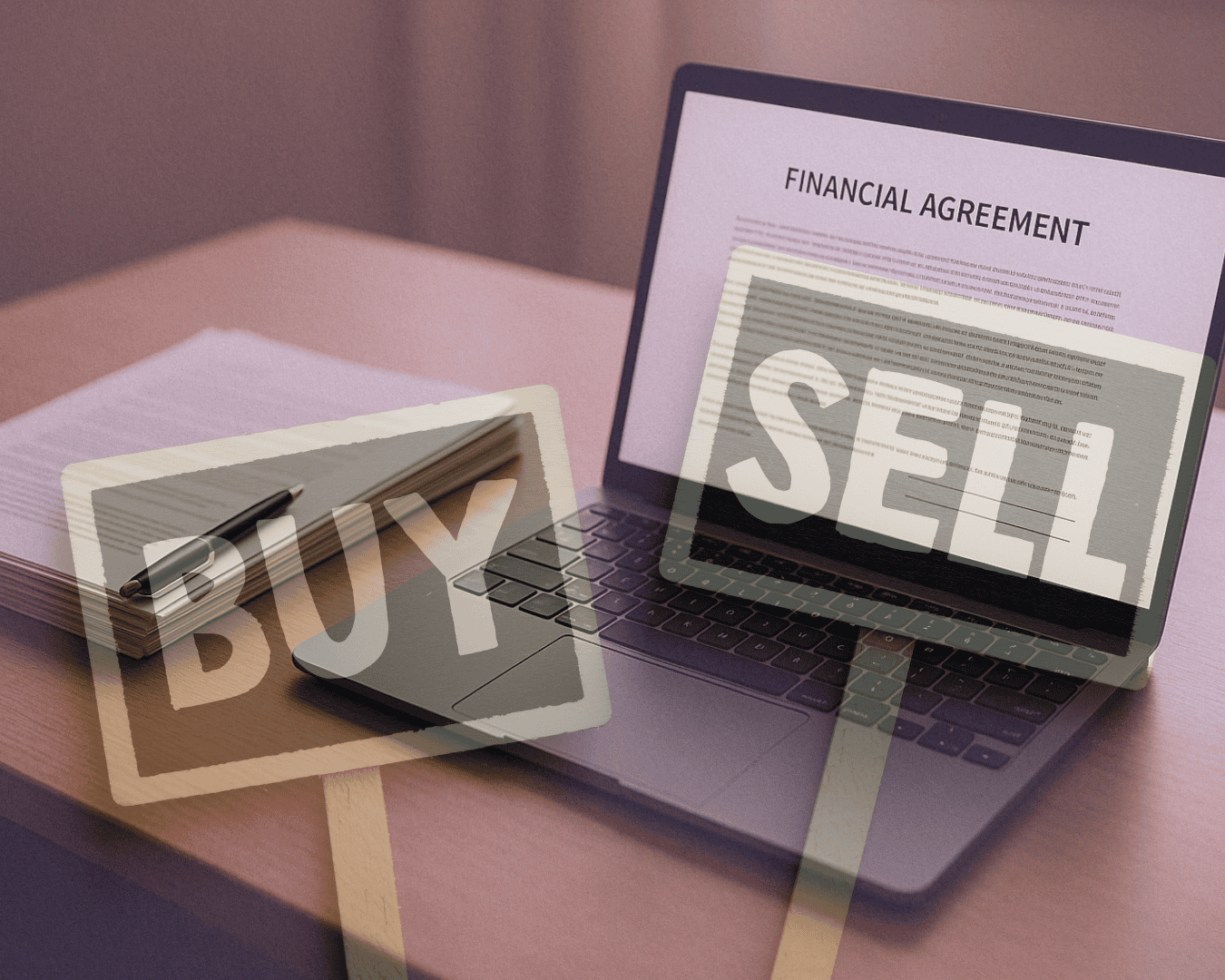
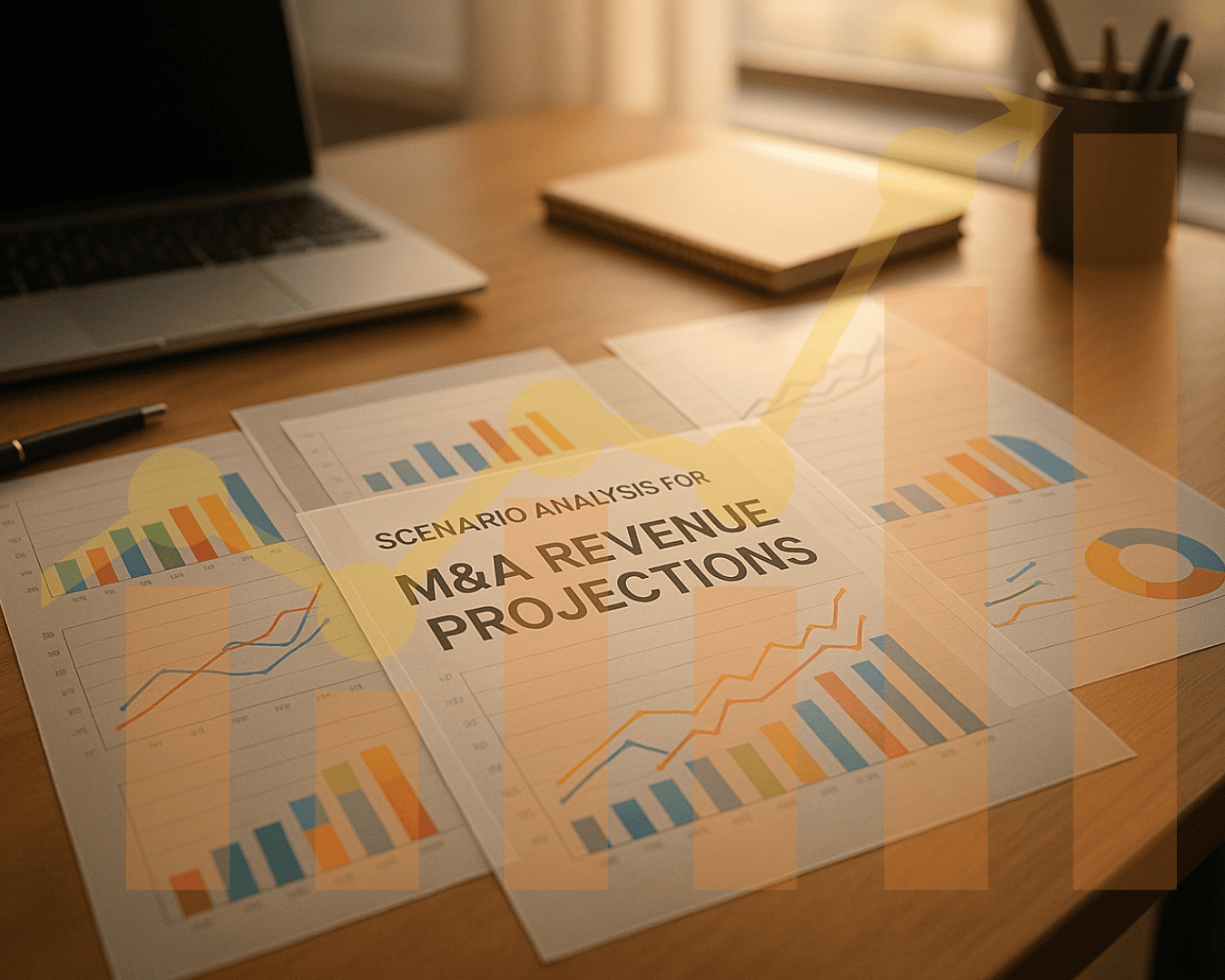
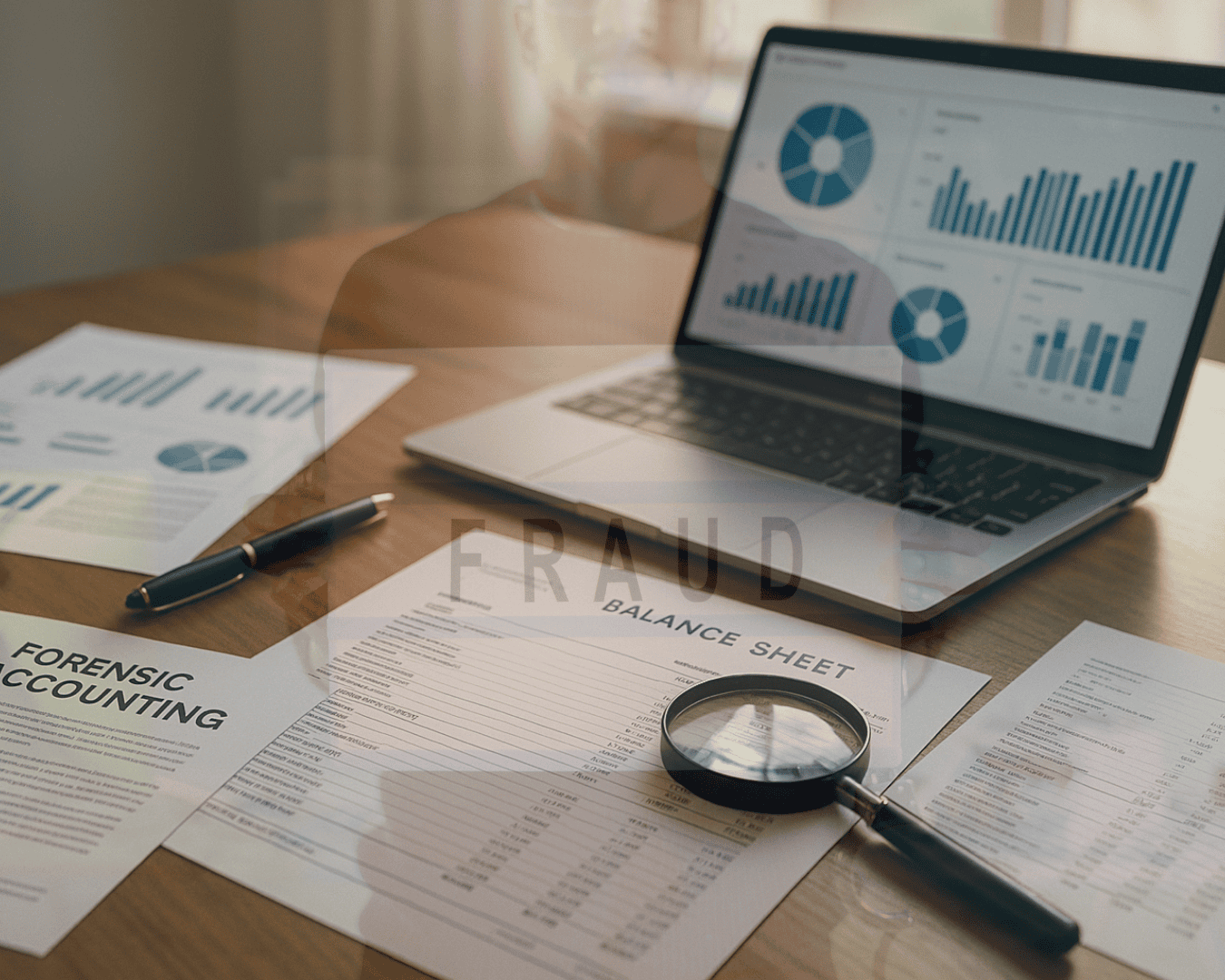




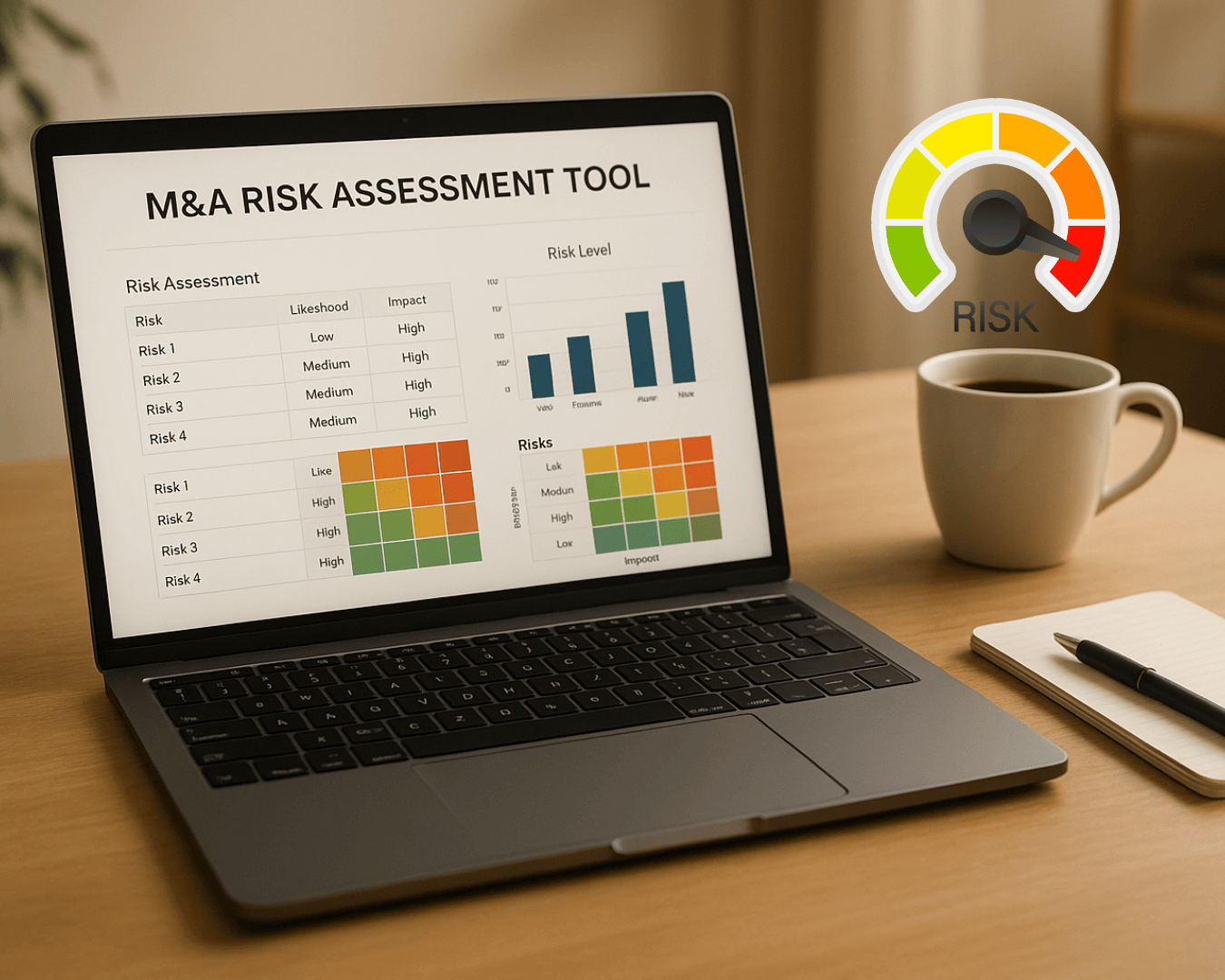
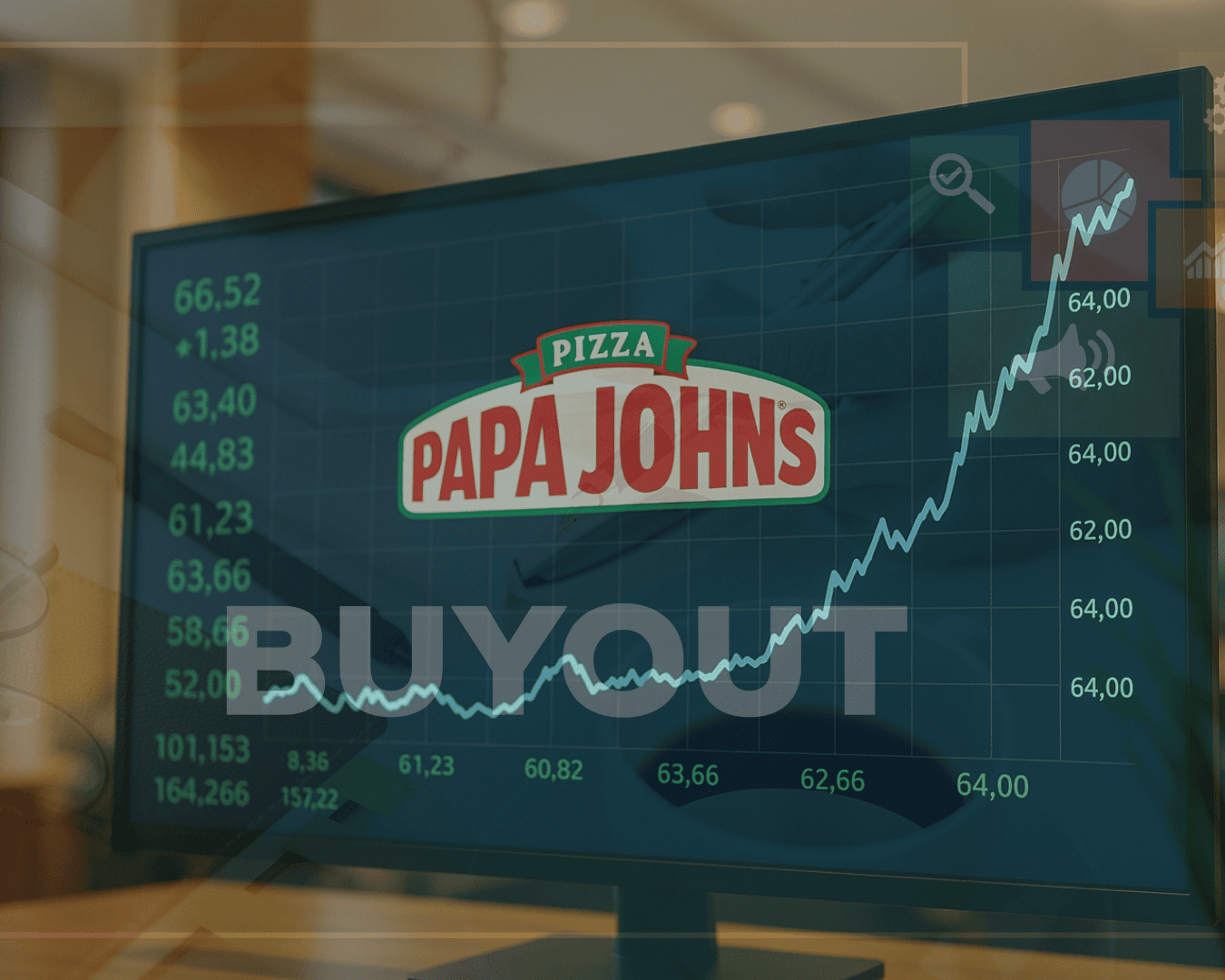

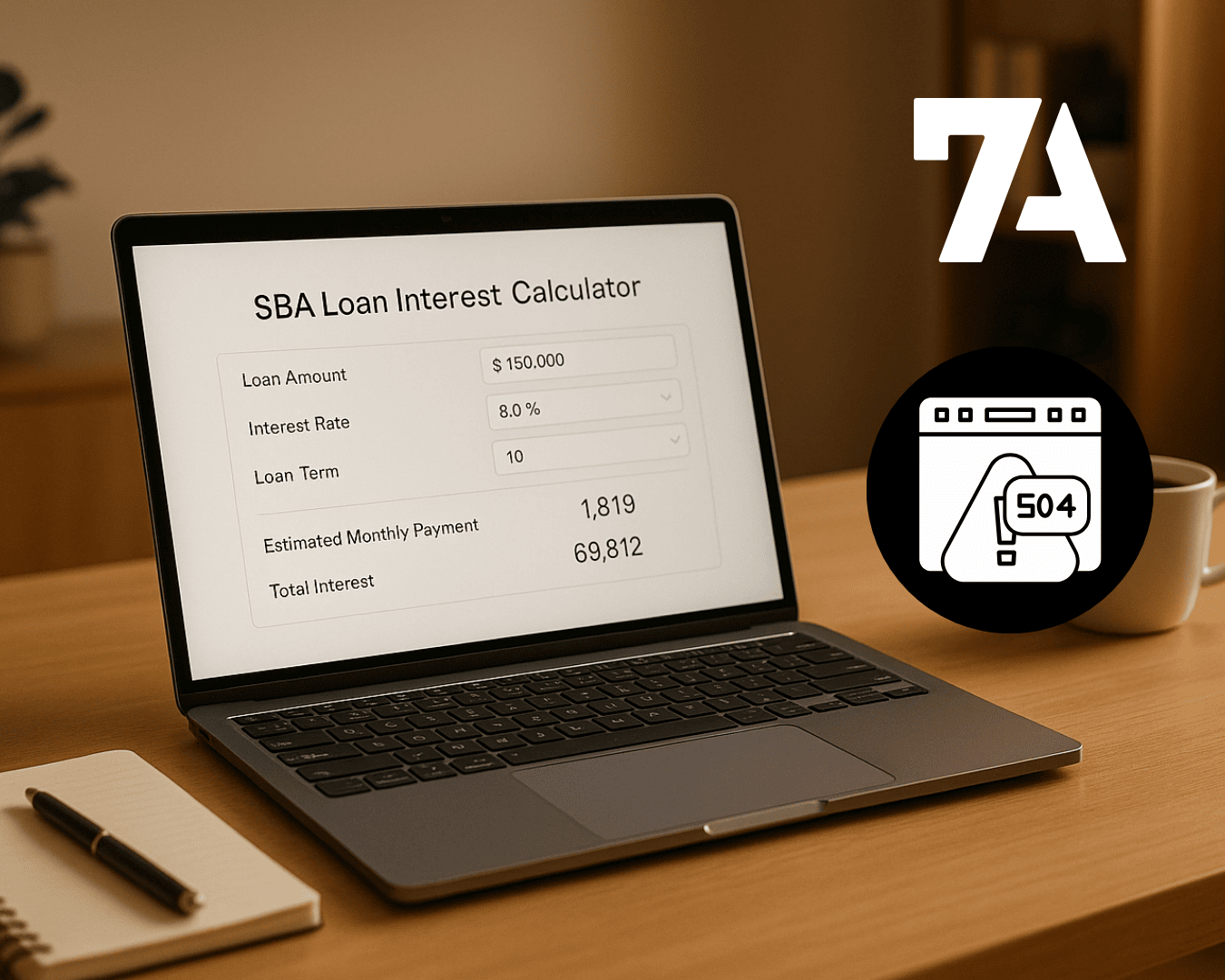








%20Loan%20Application%20Checklist.png)
